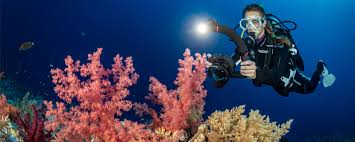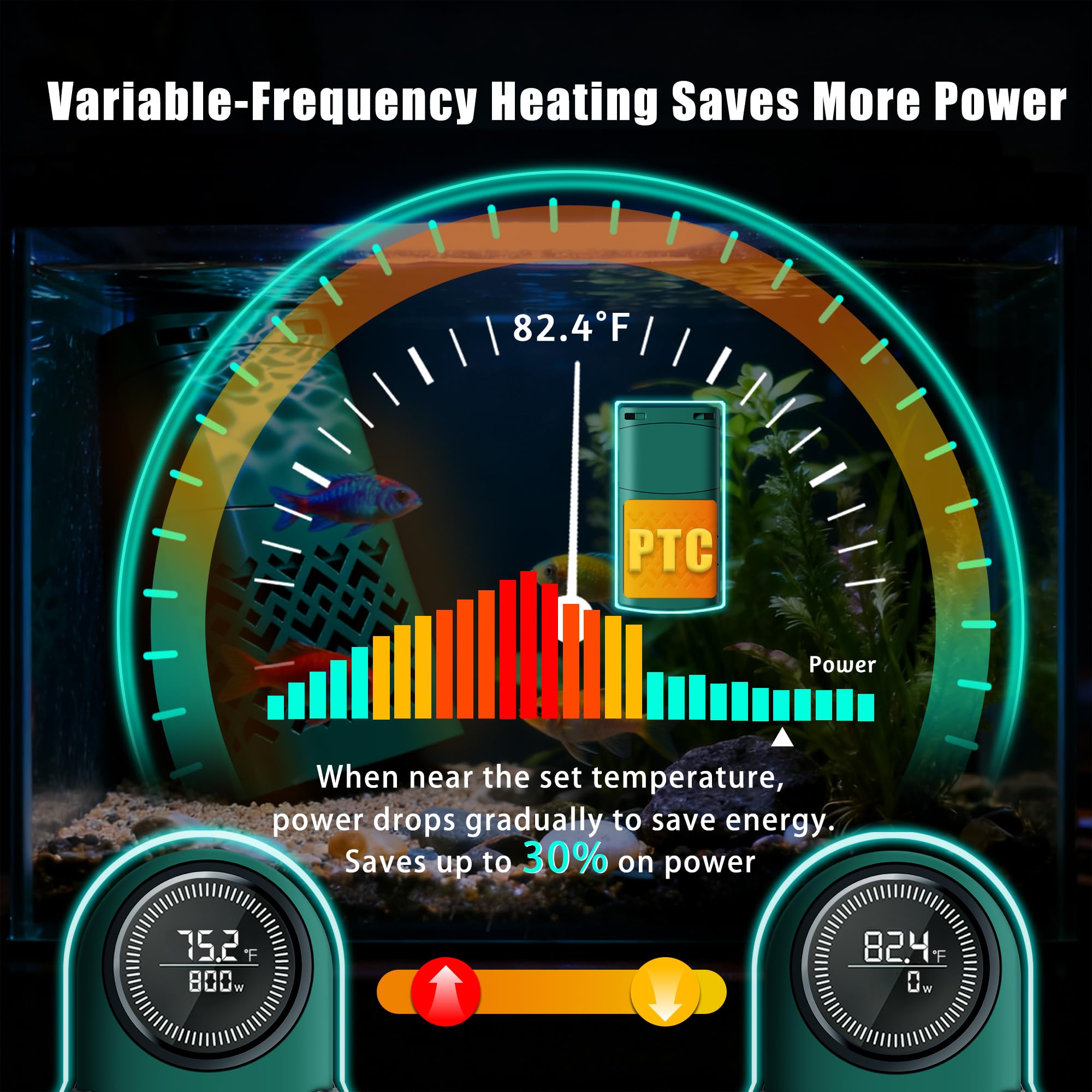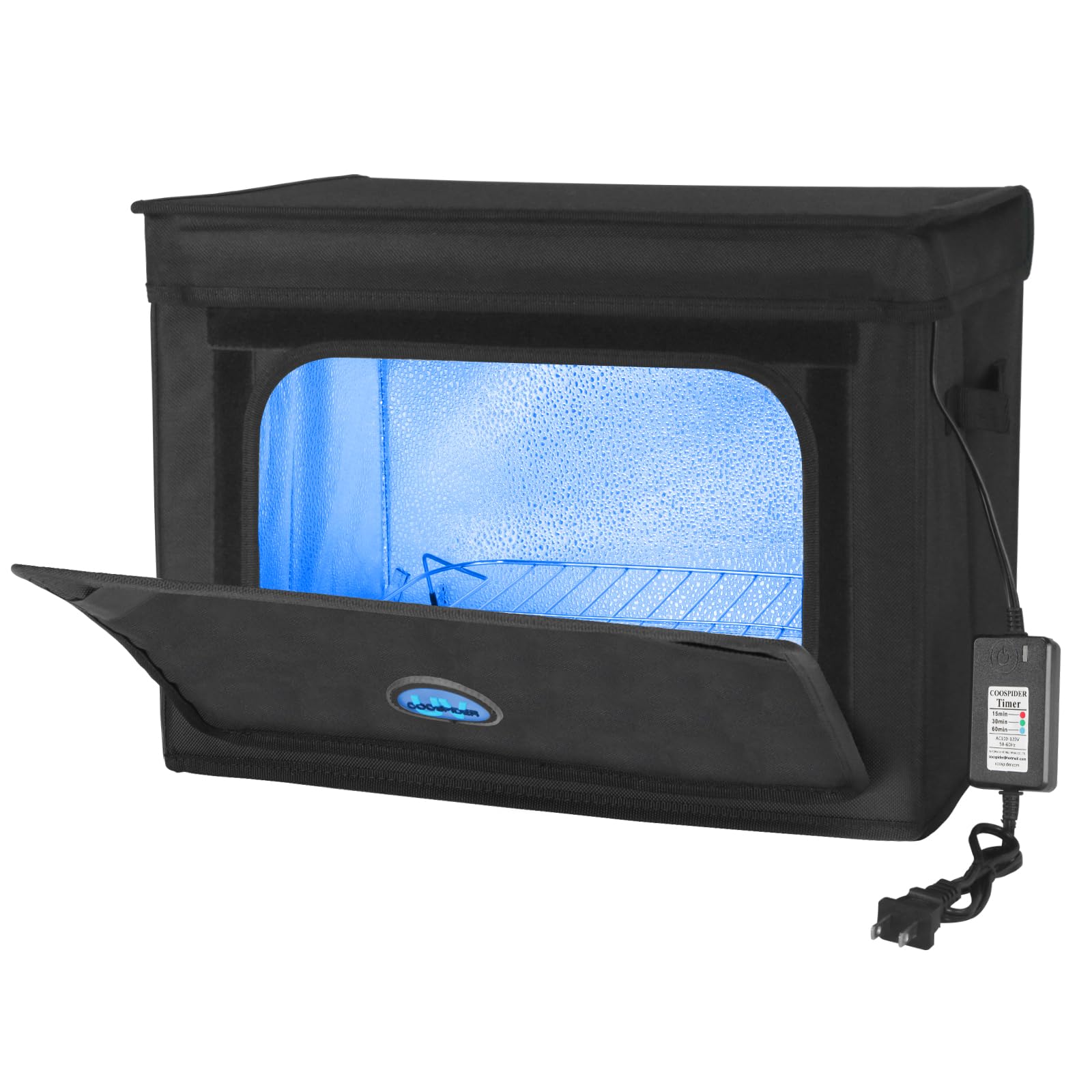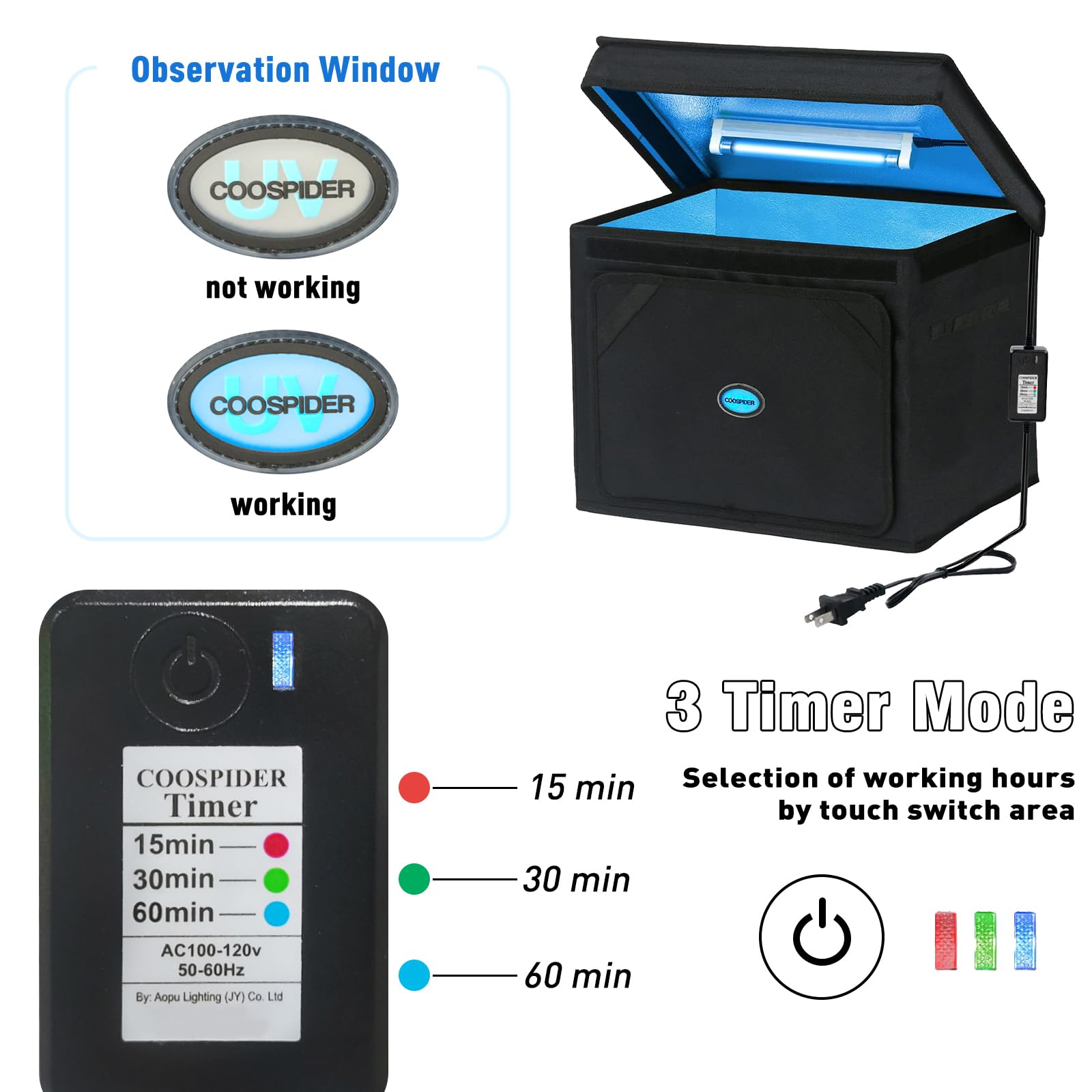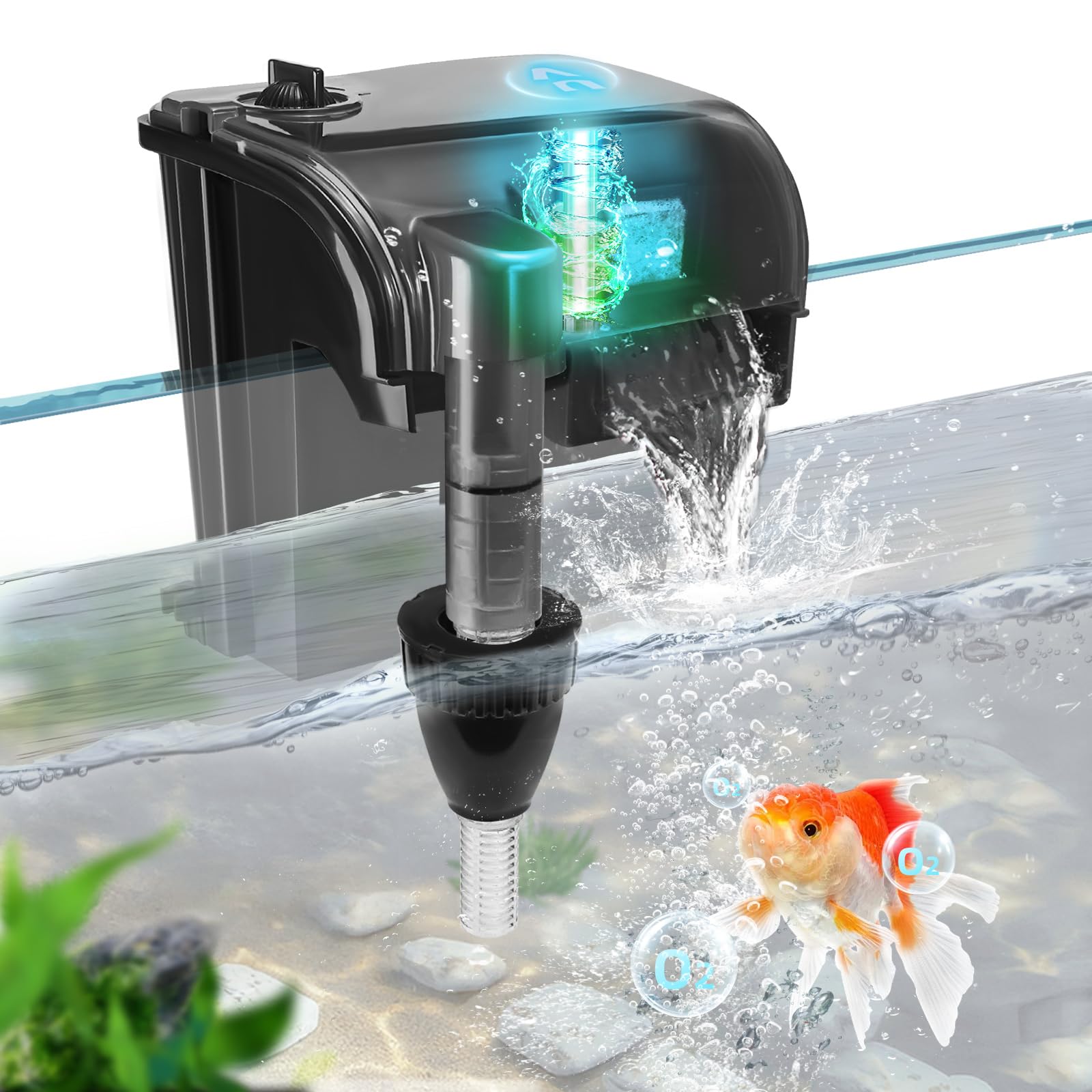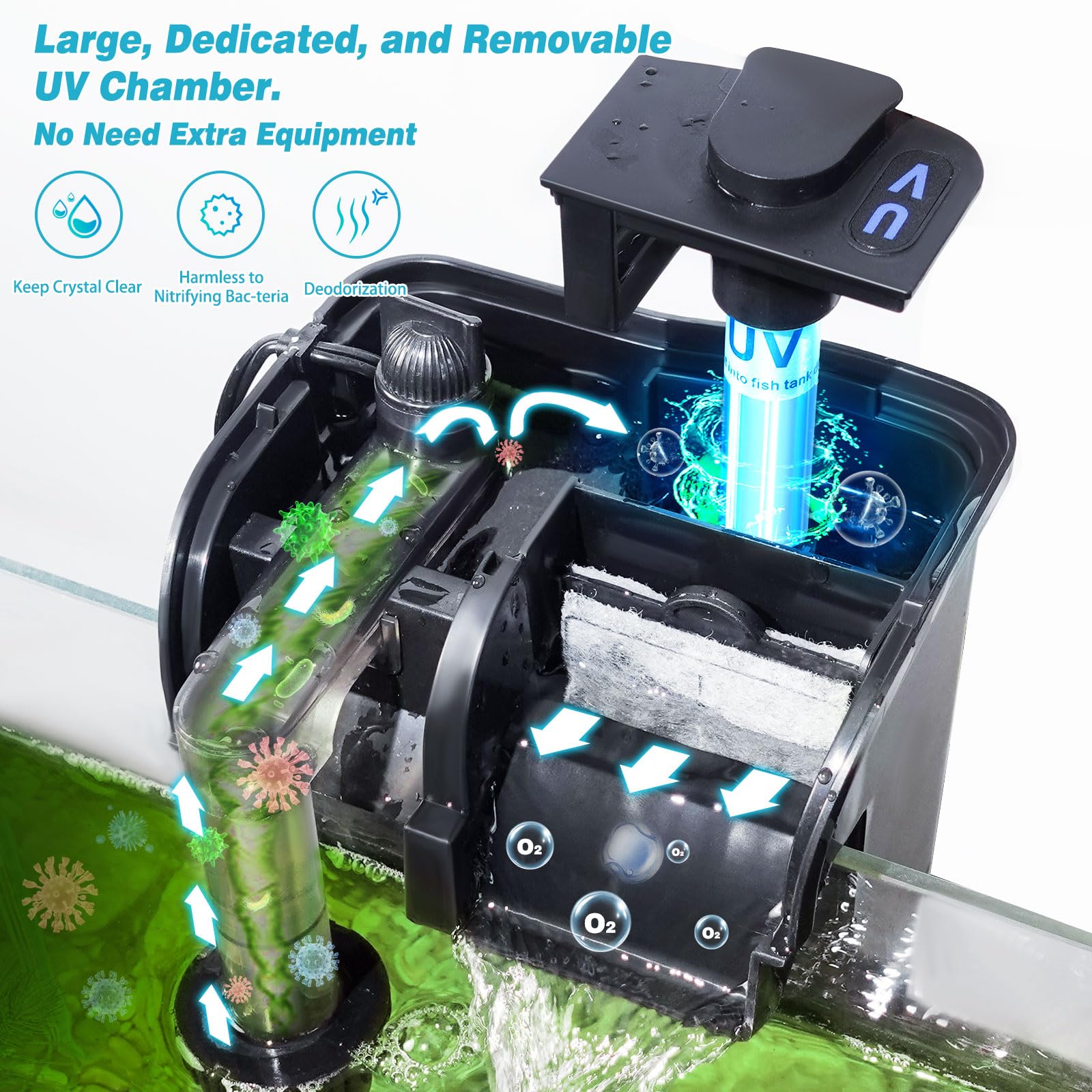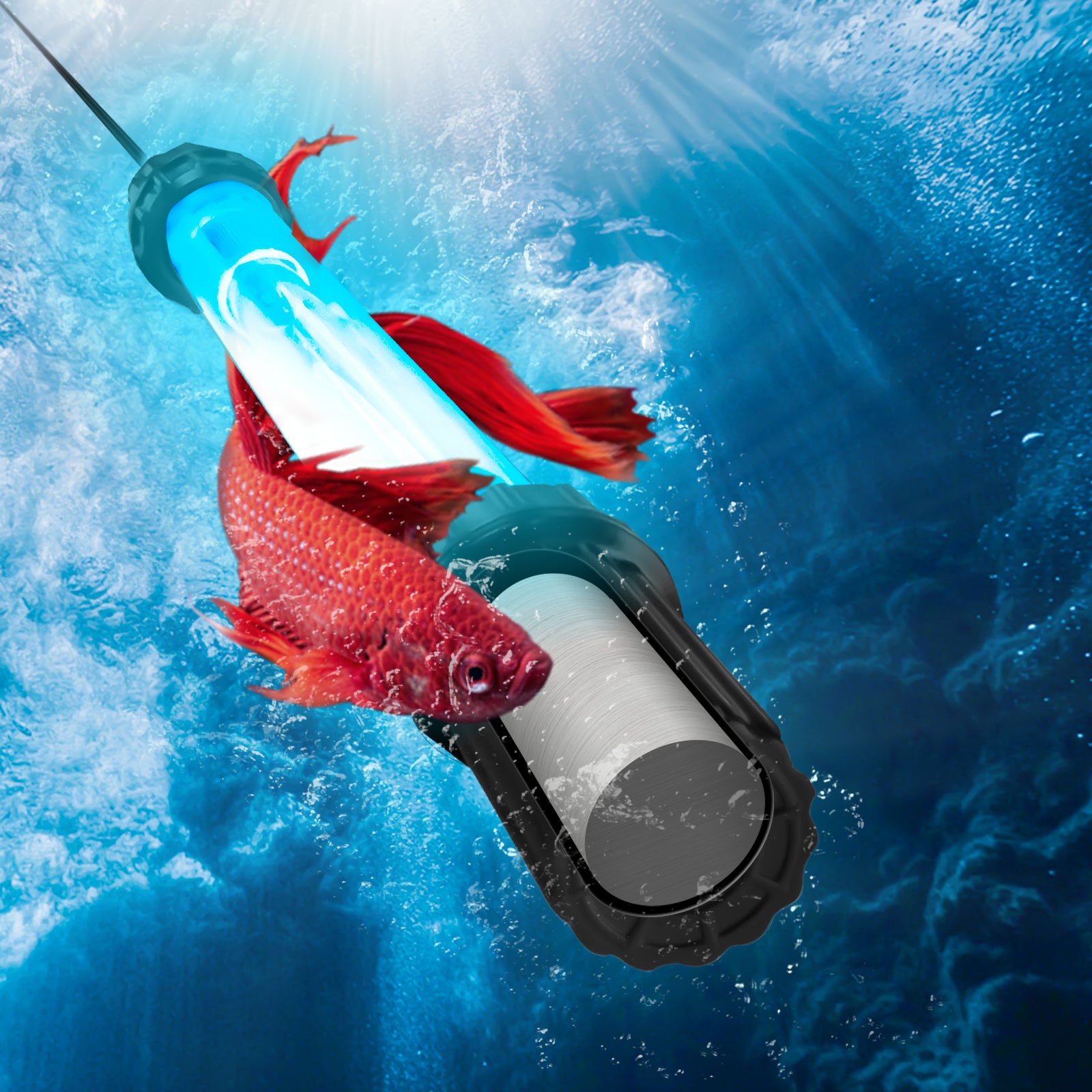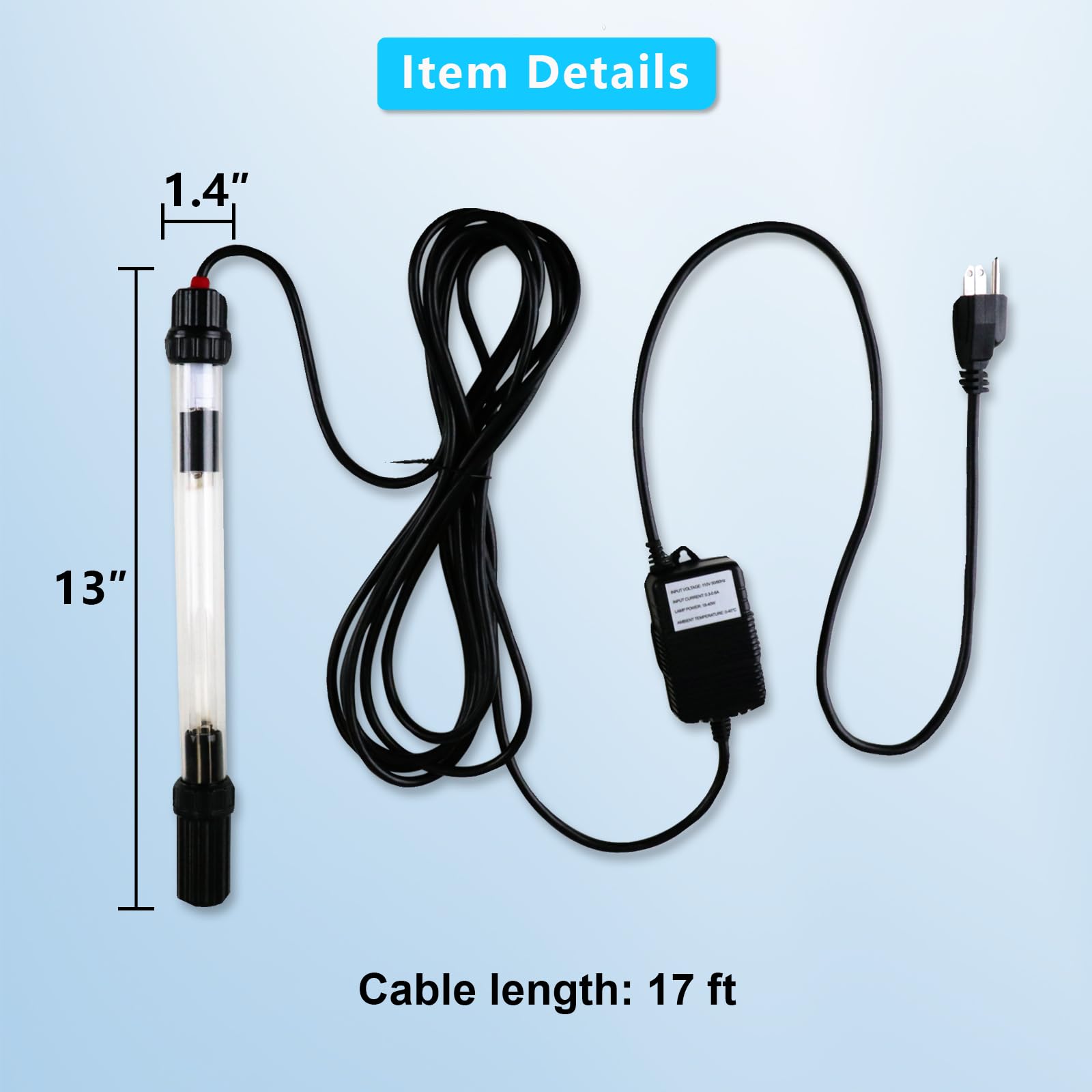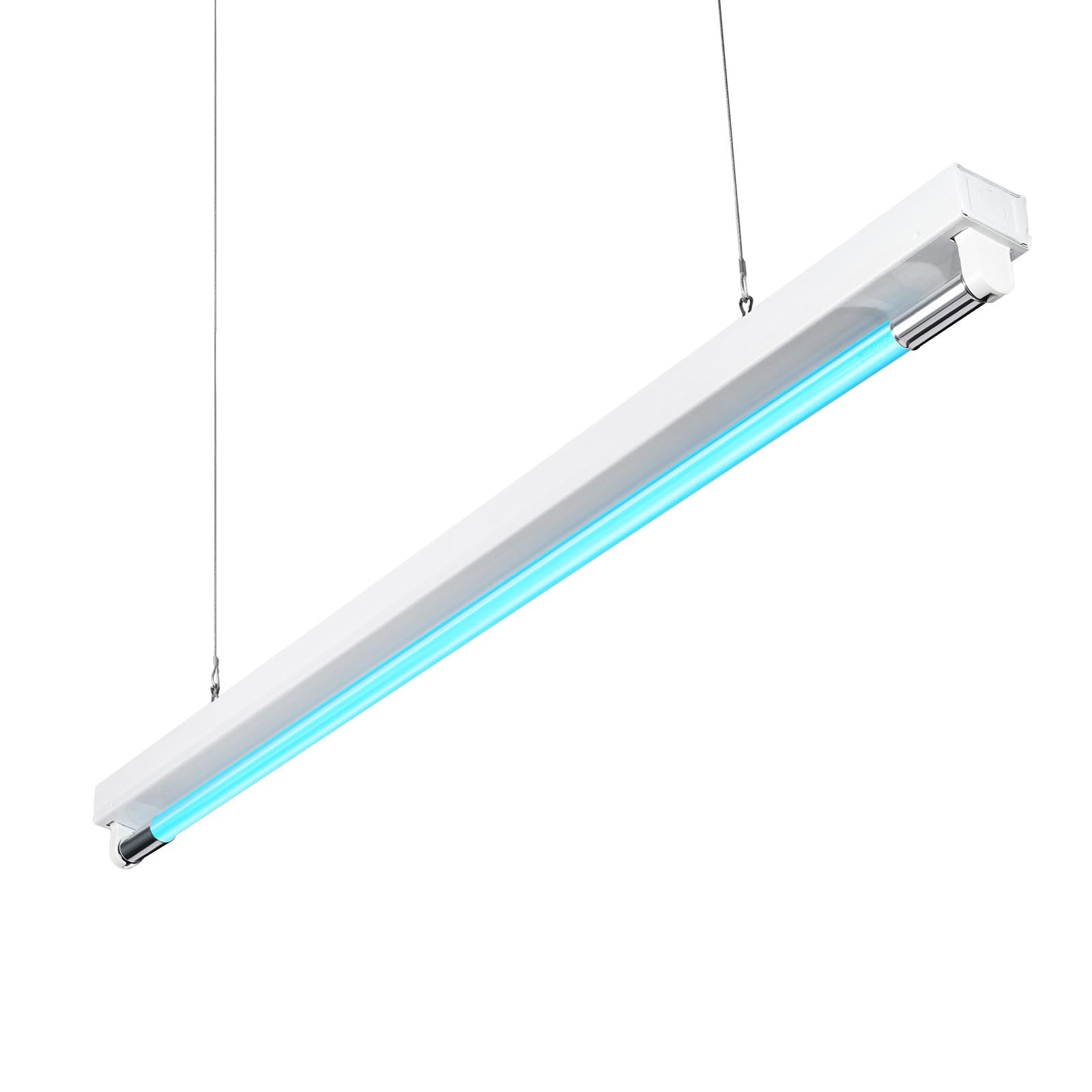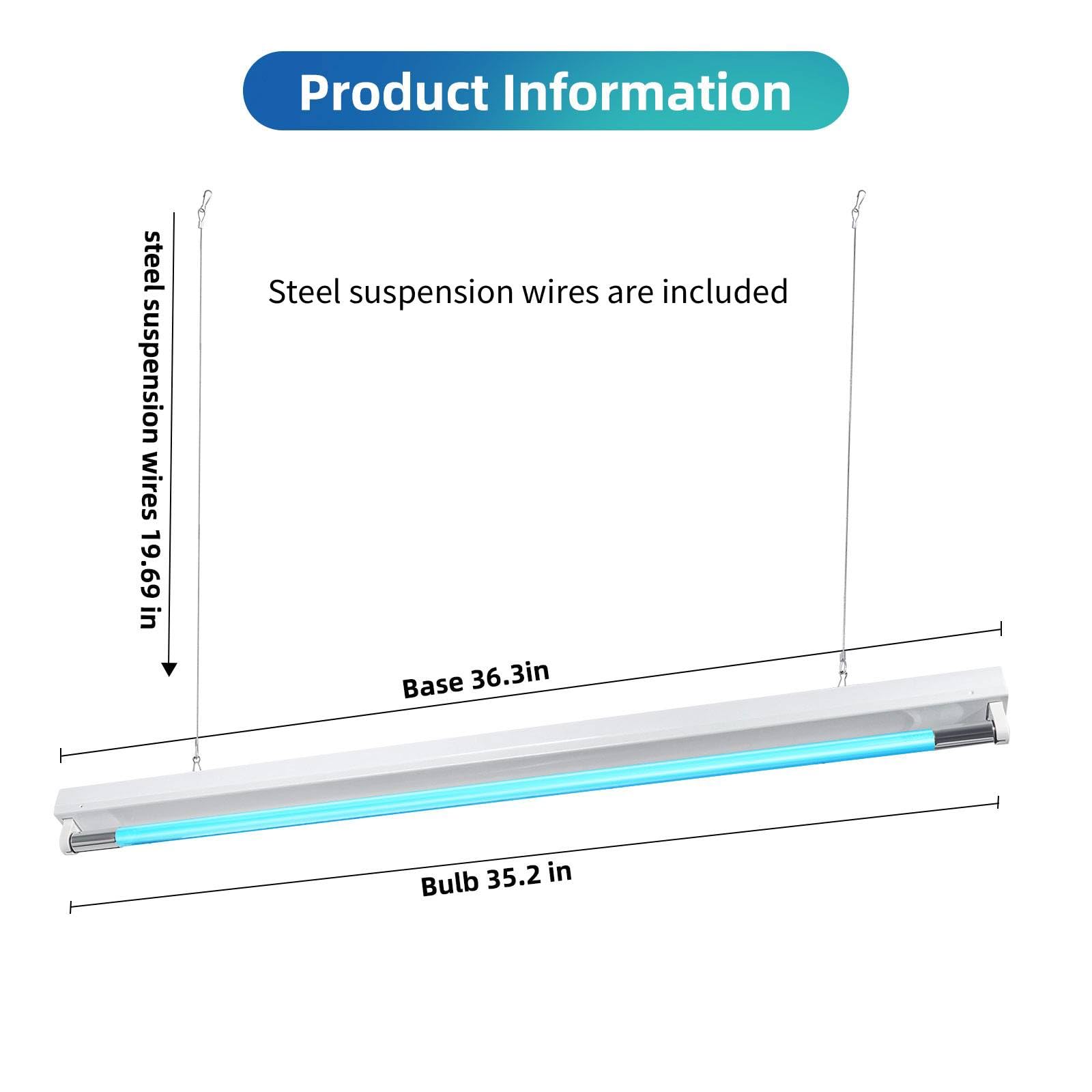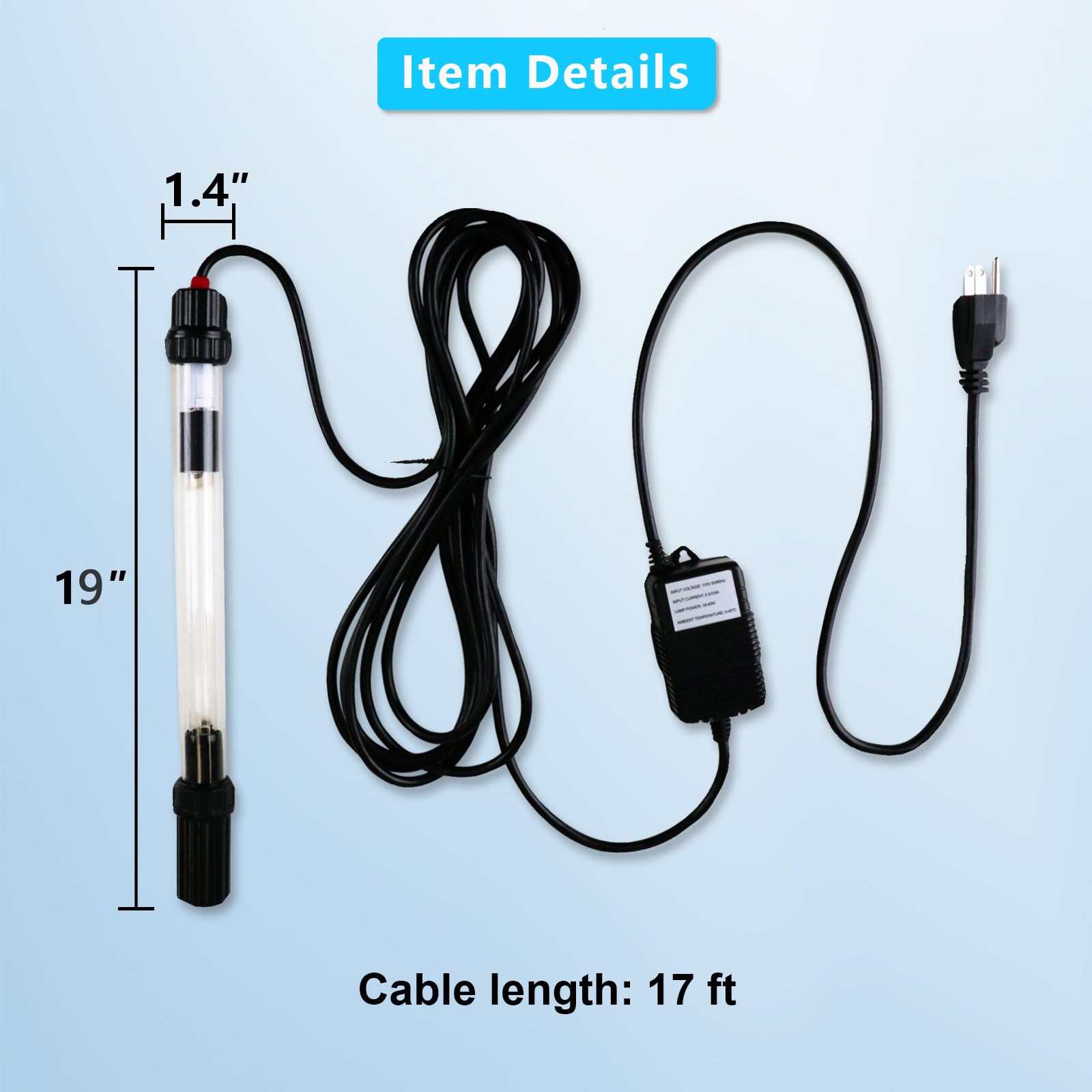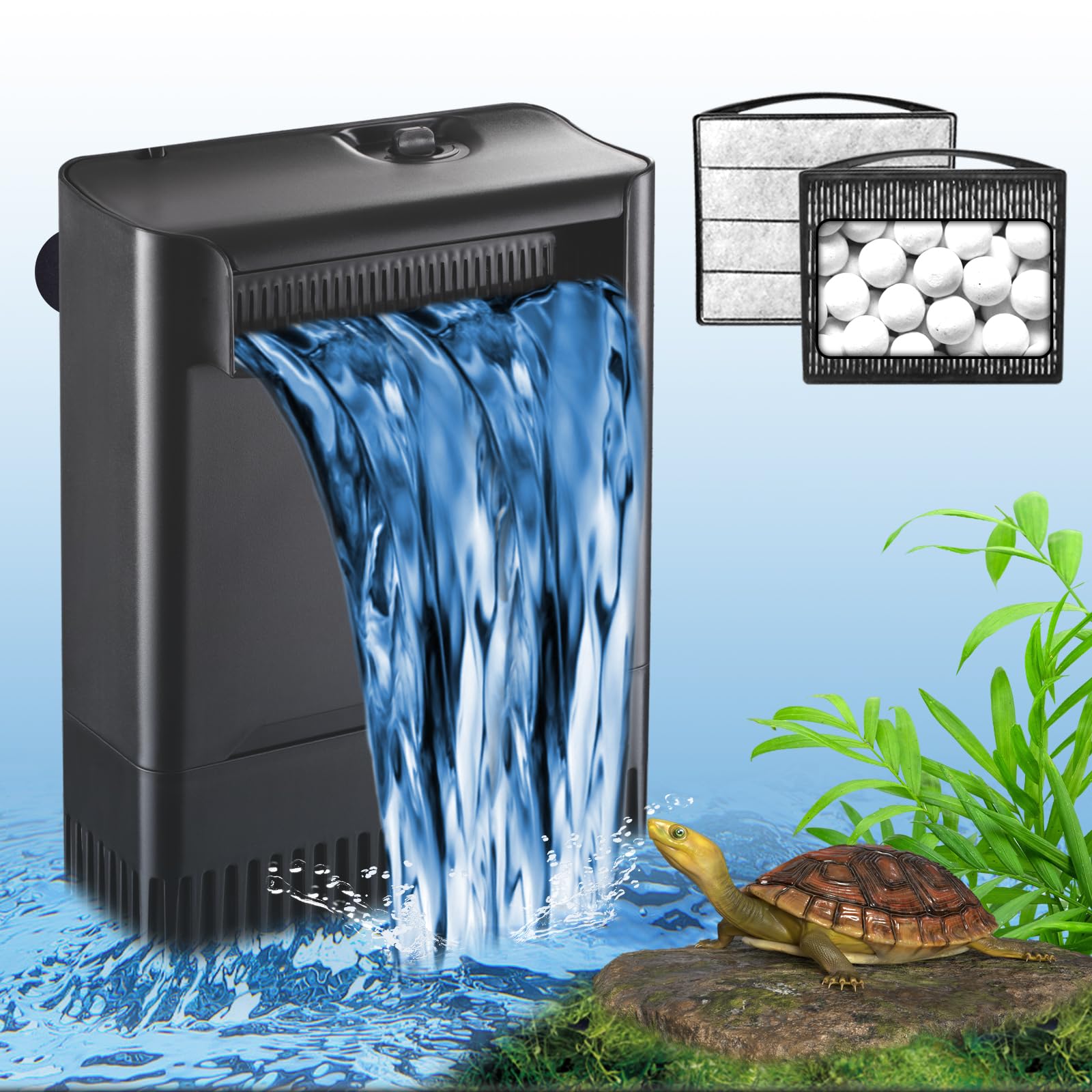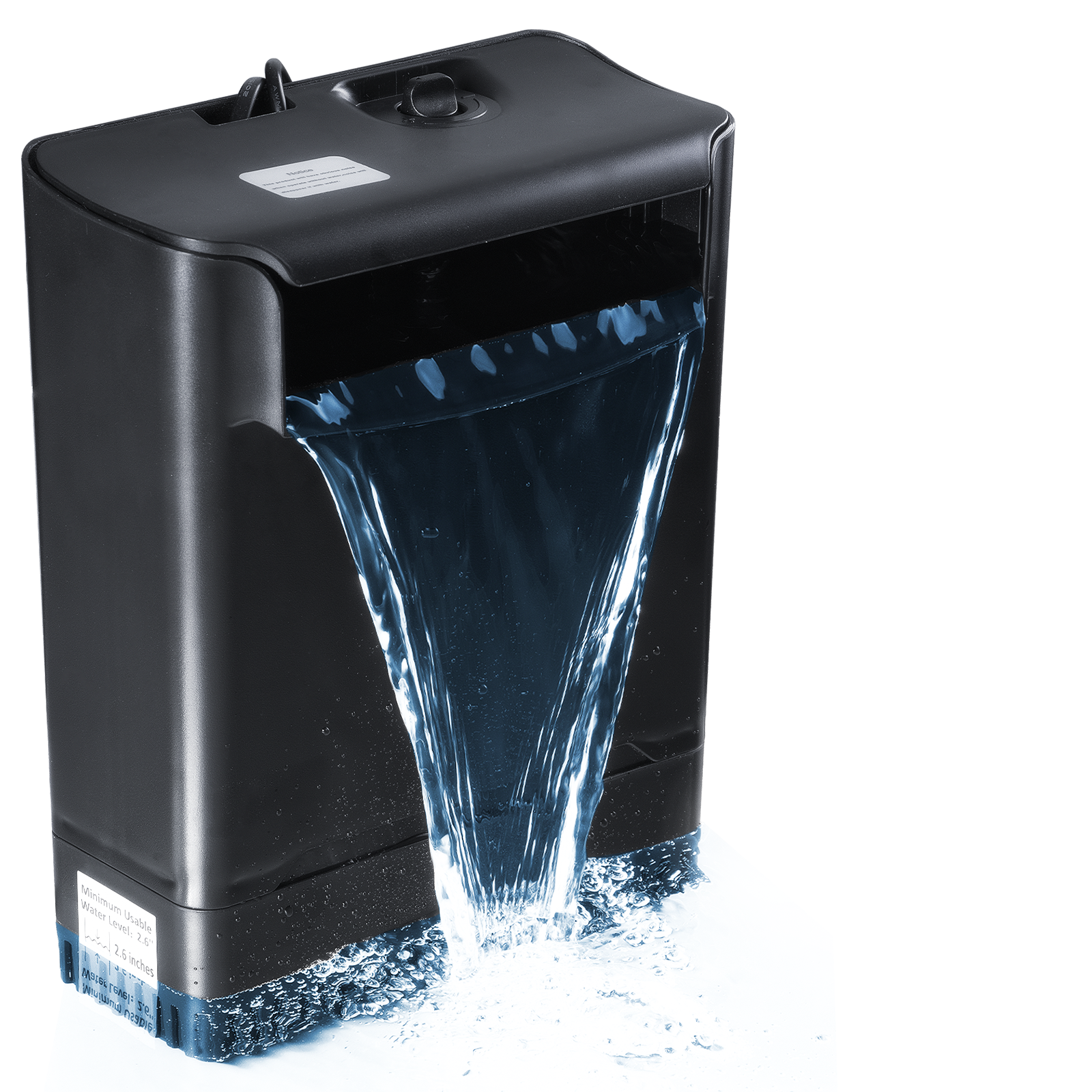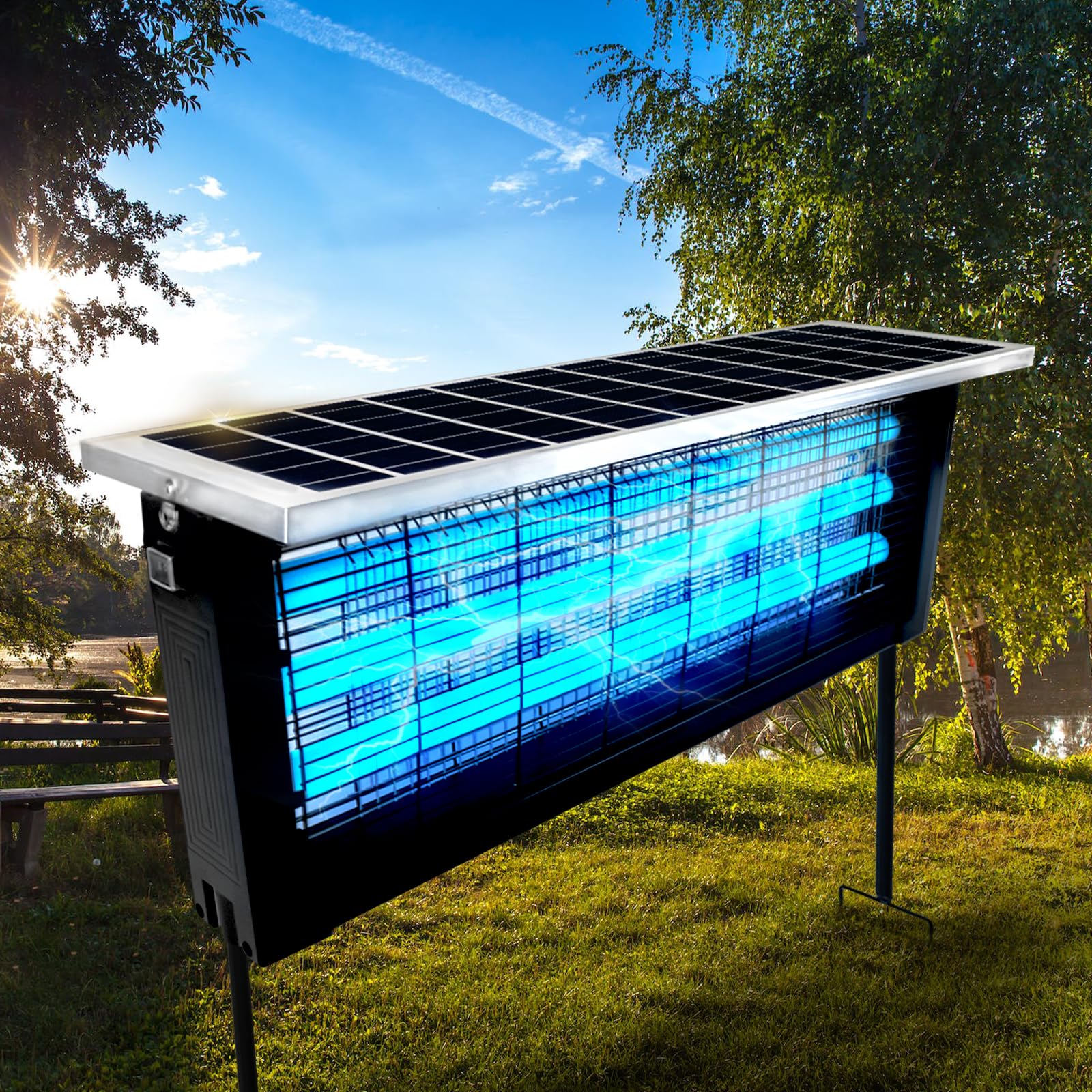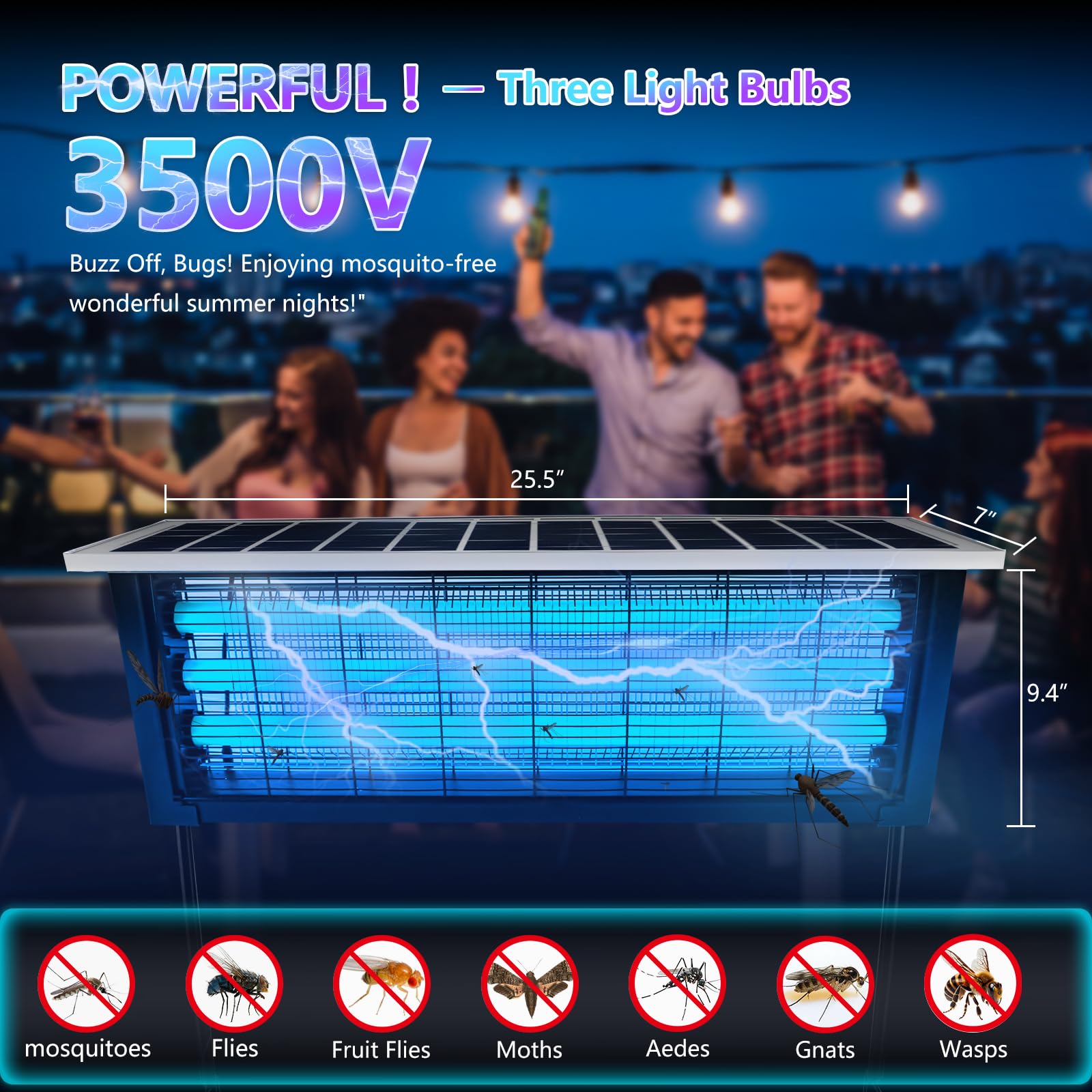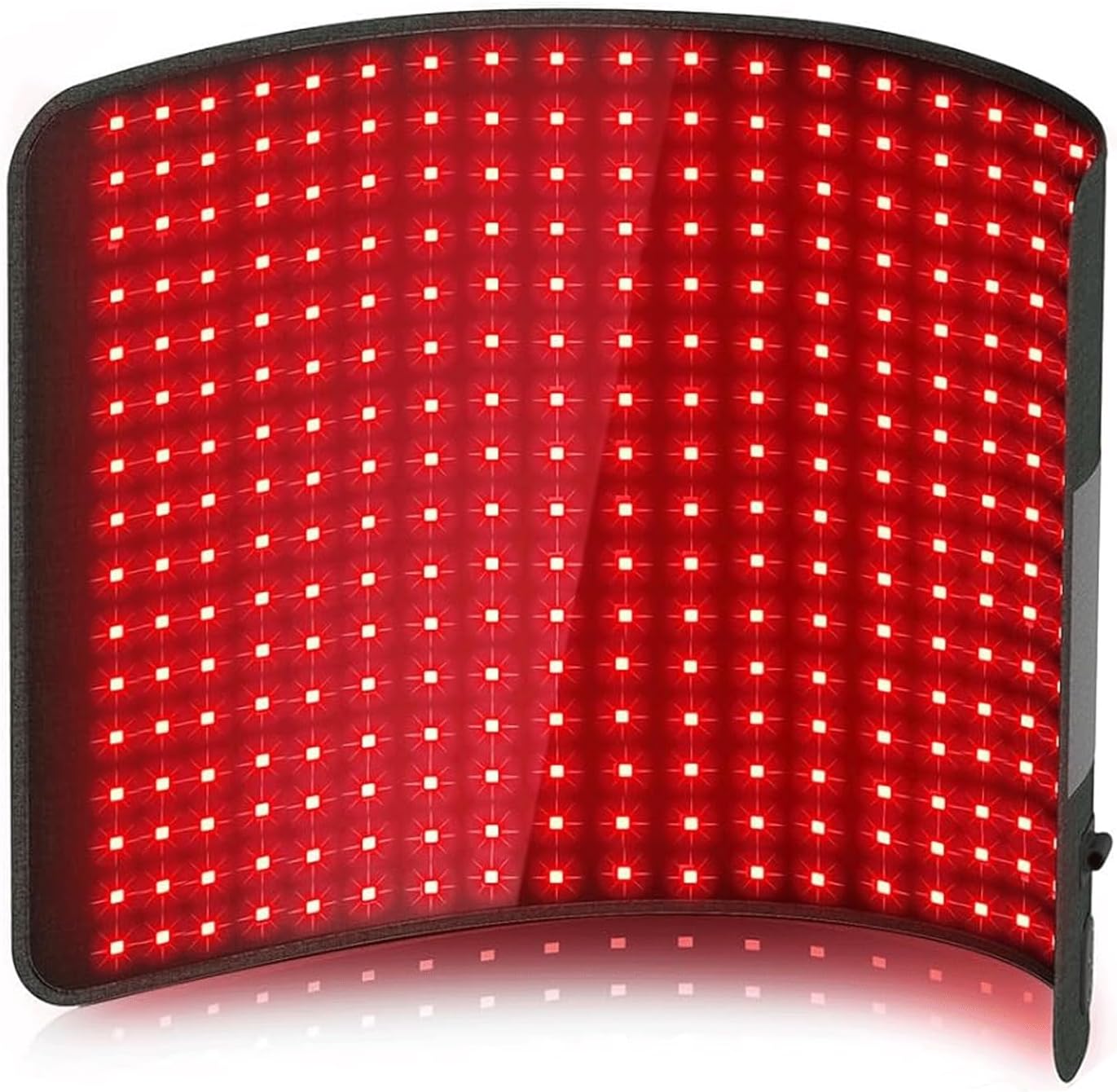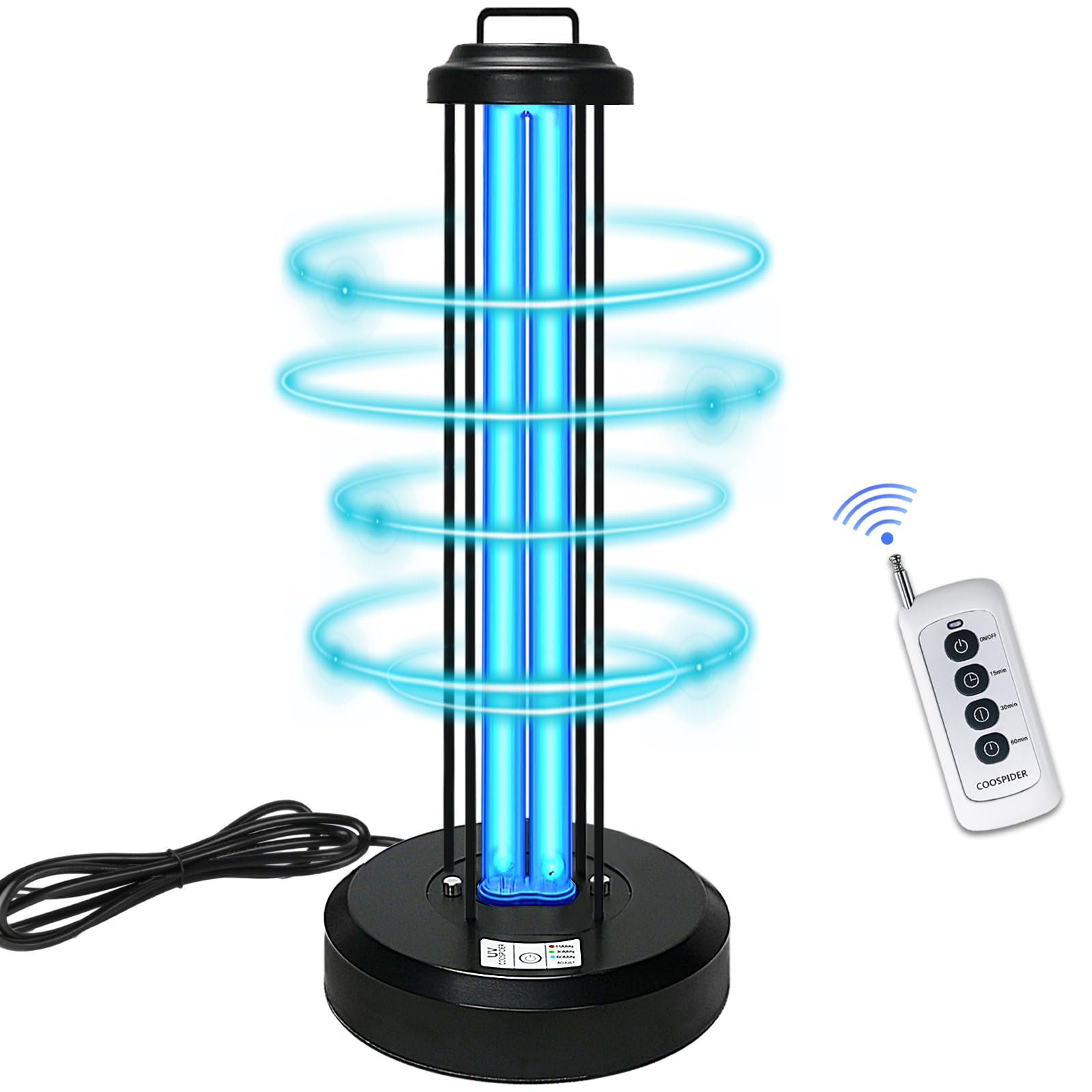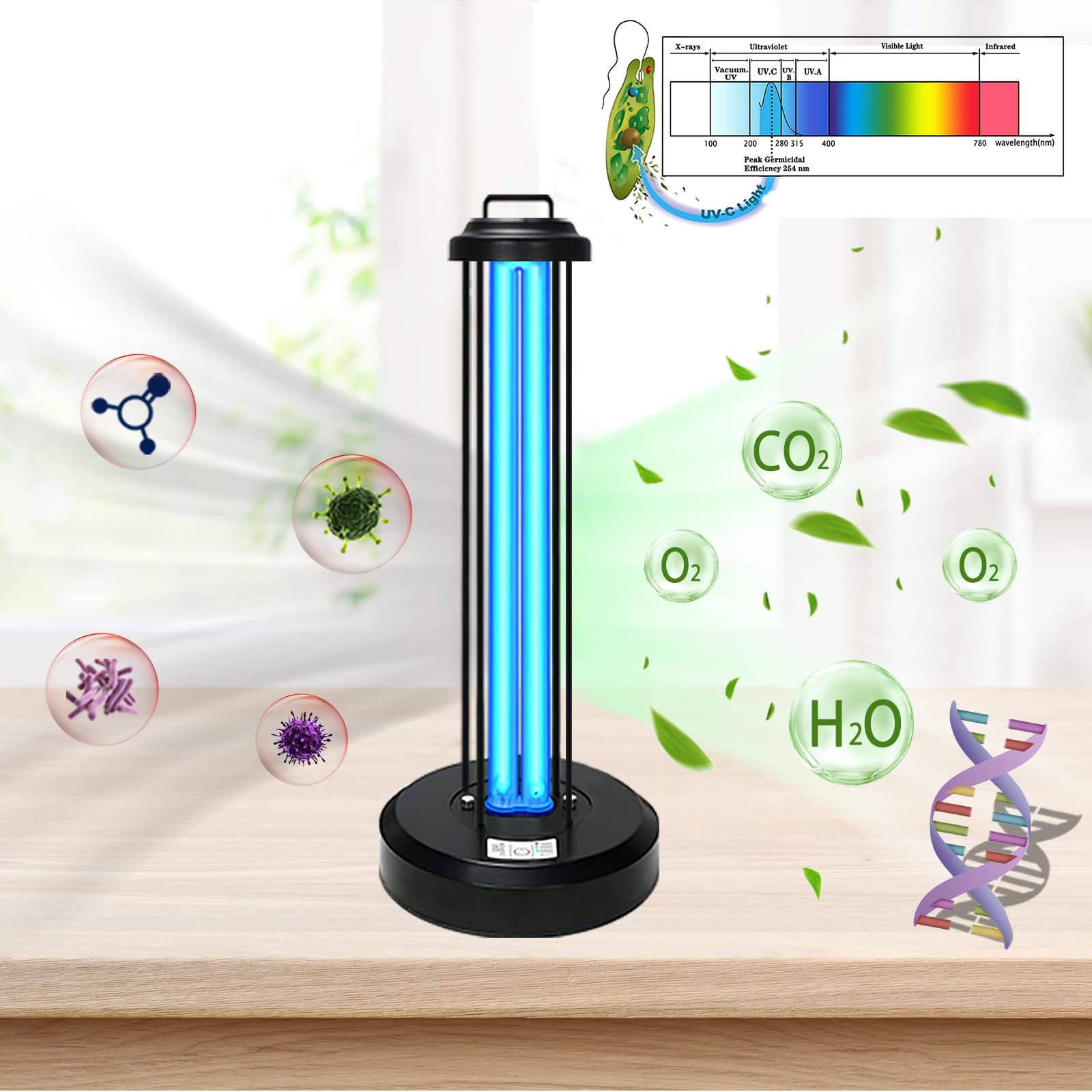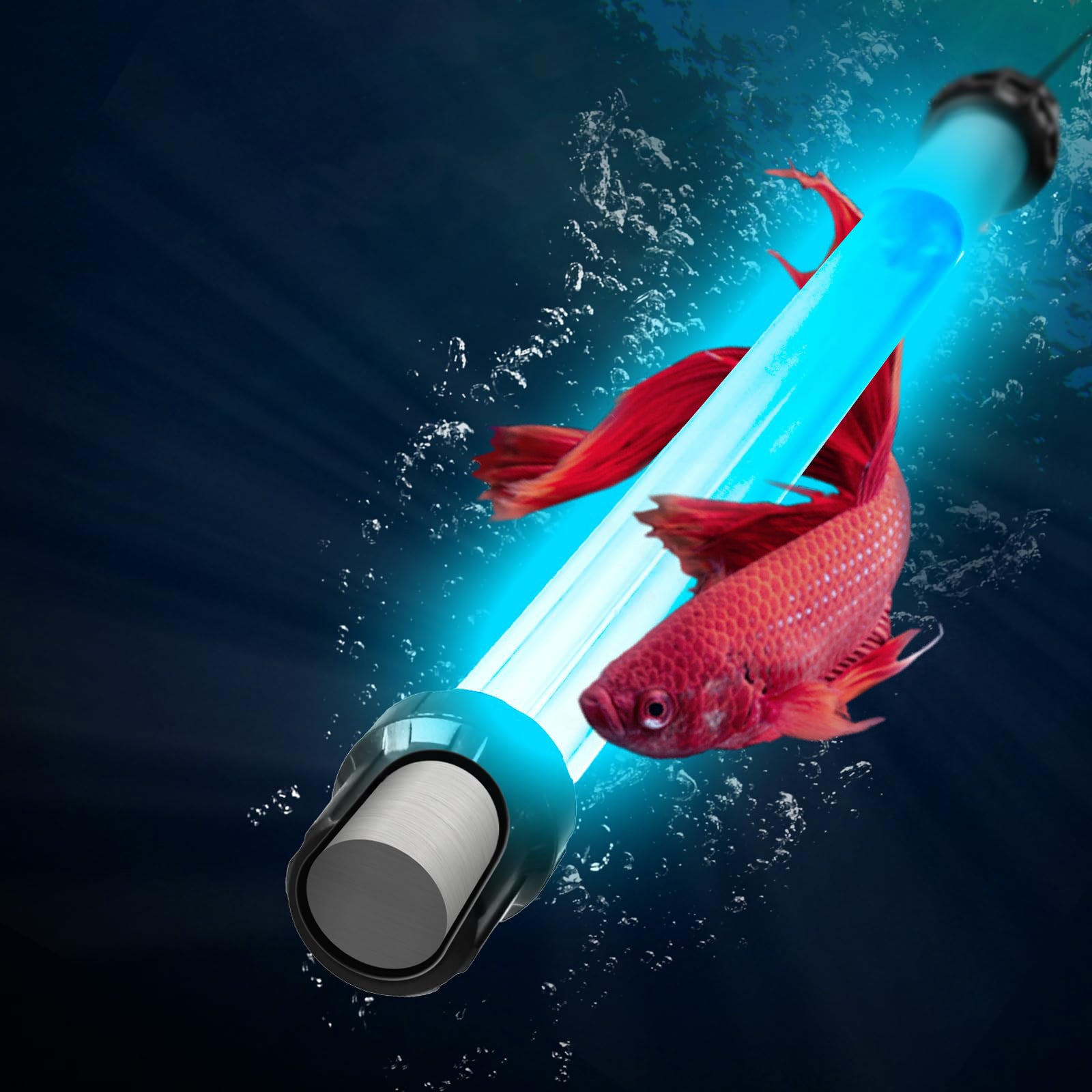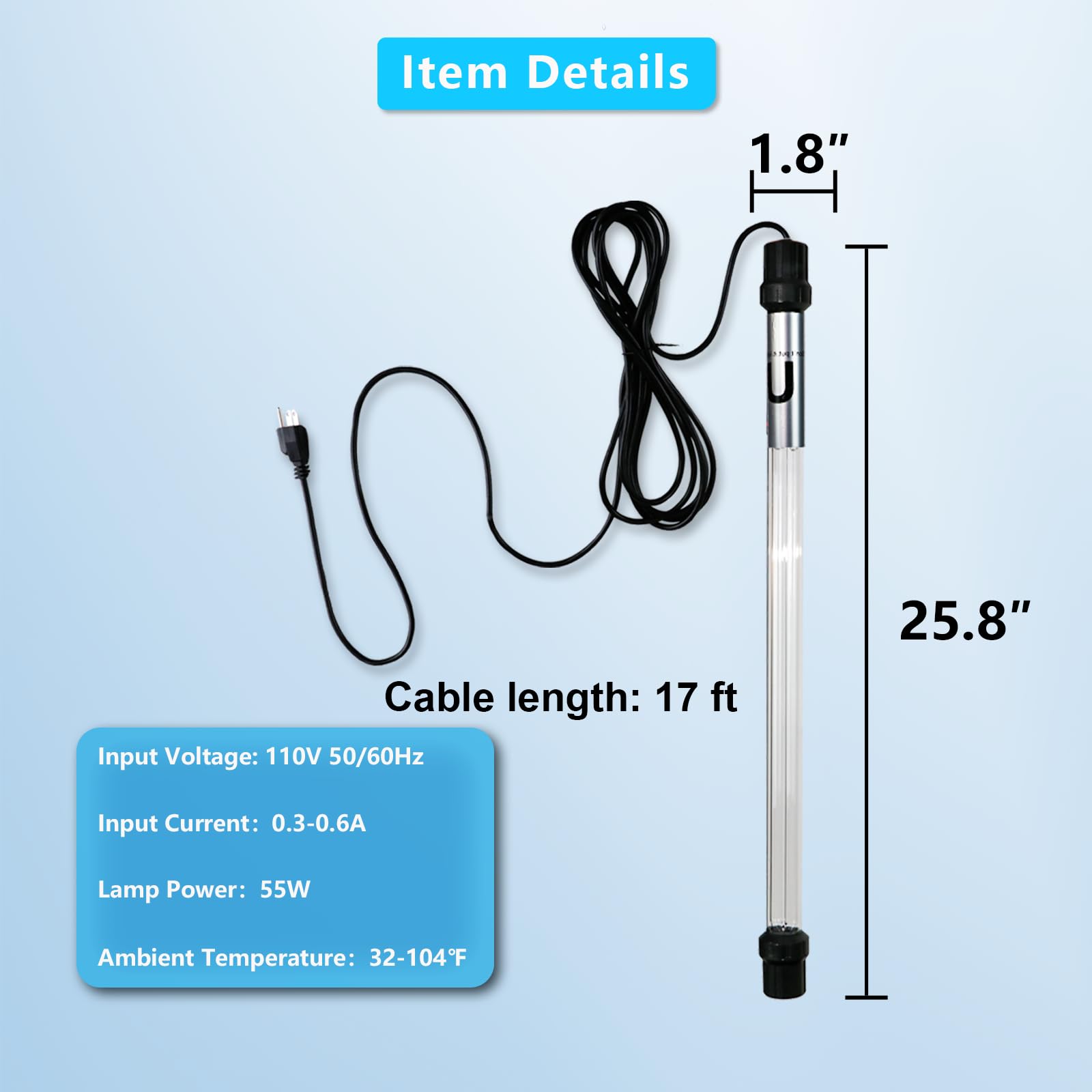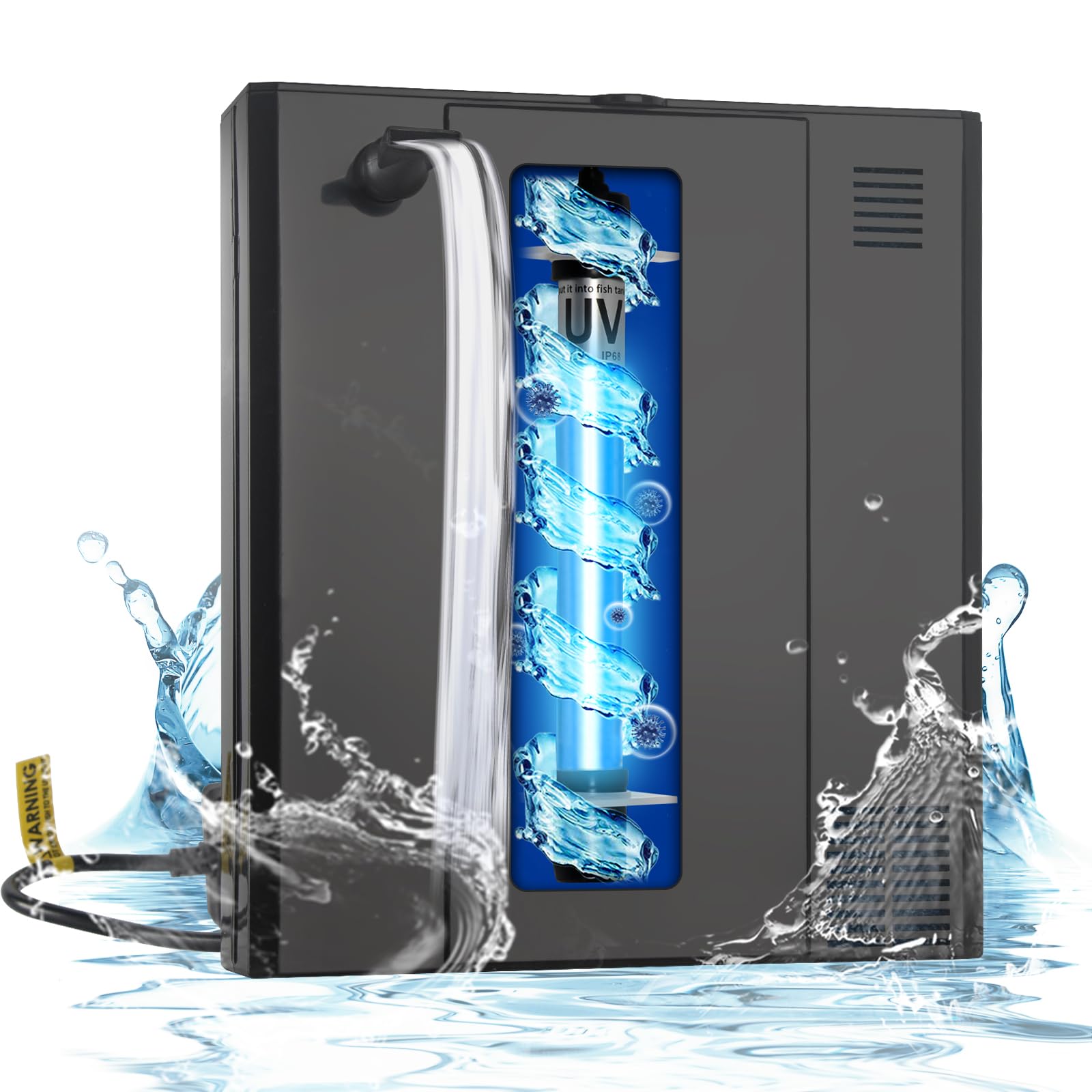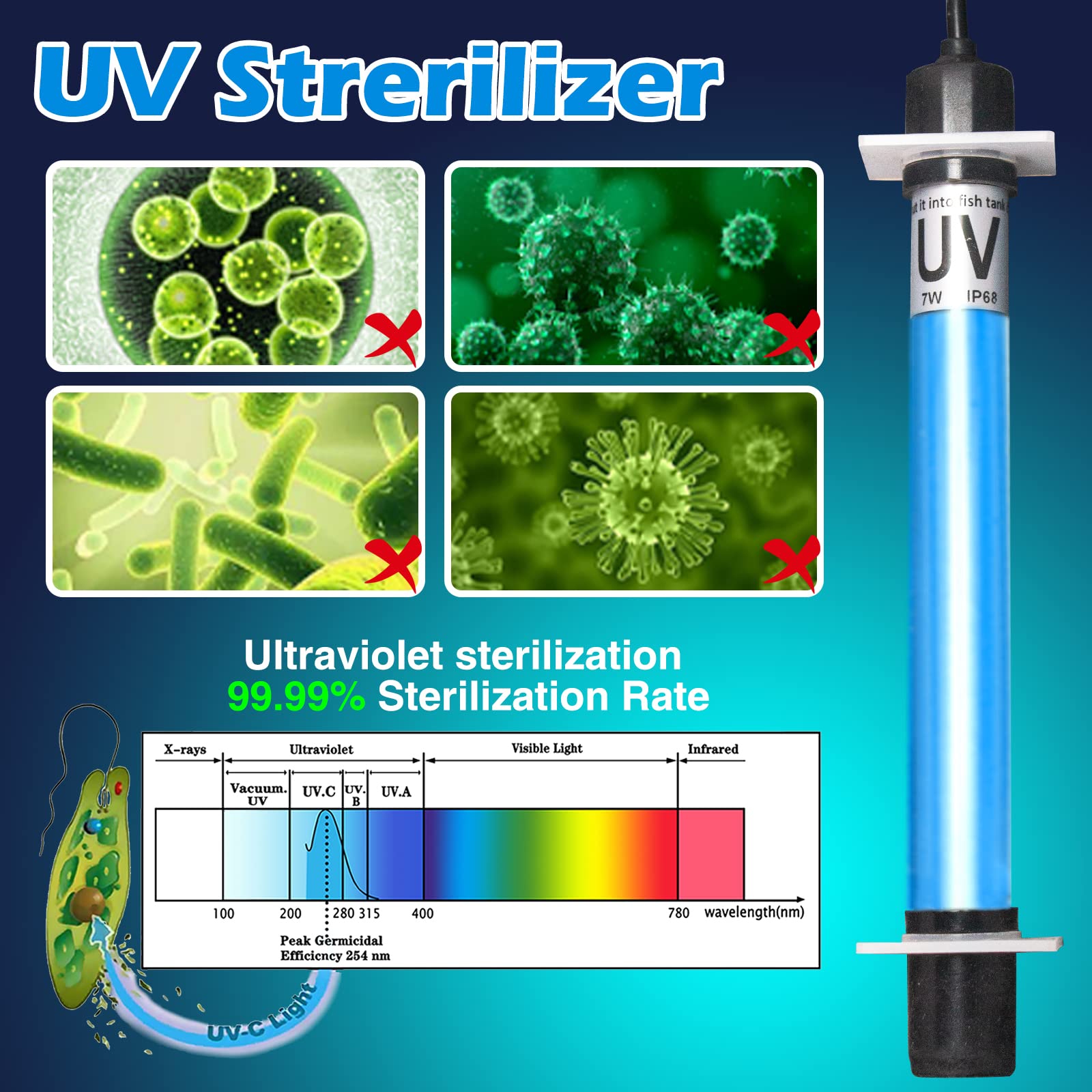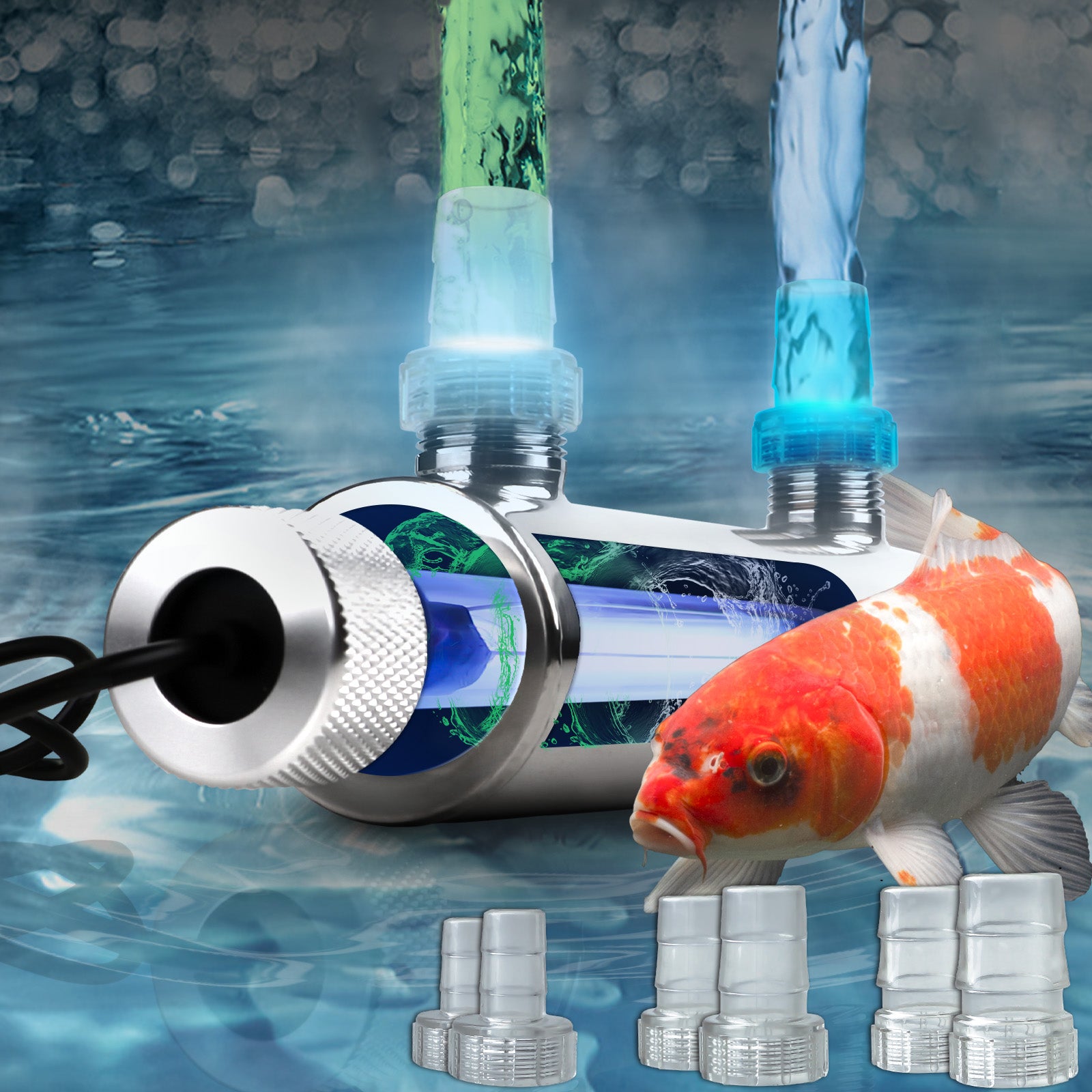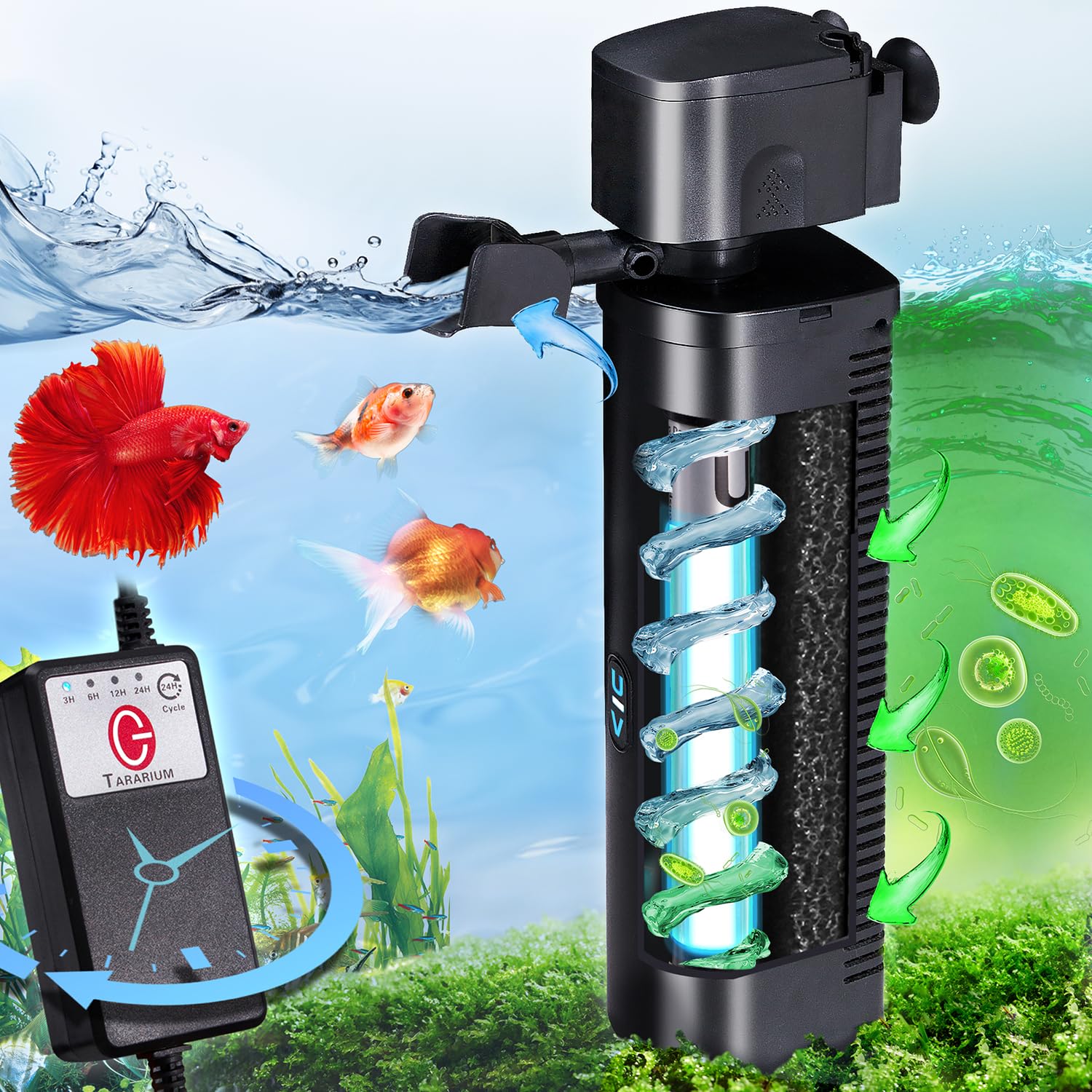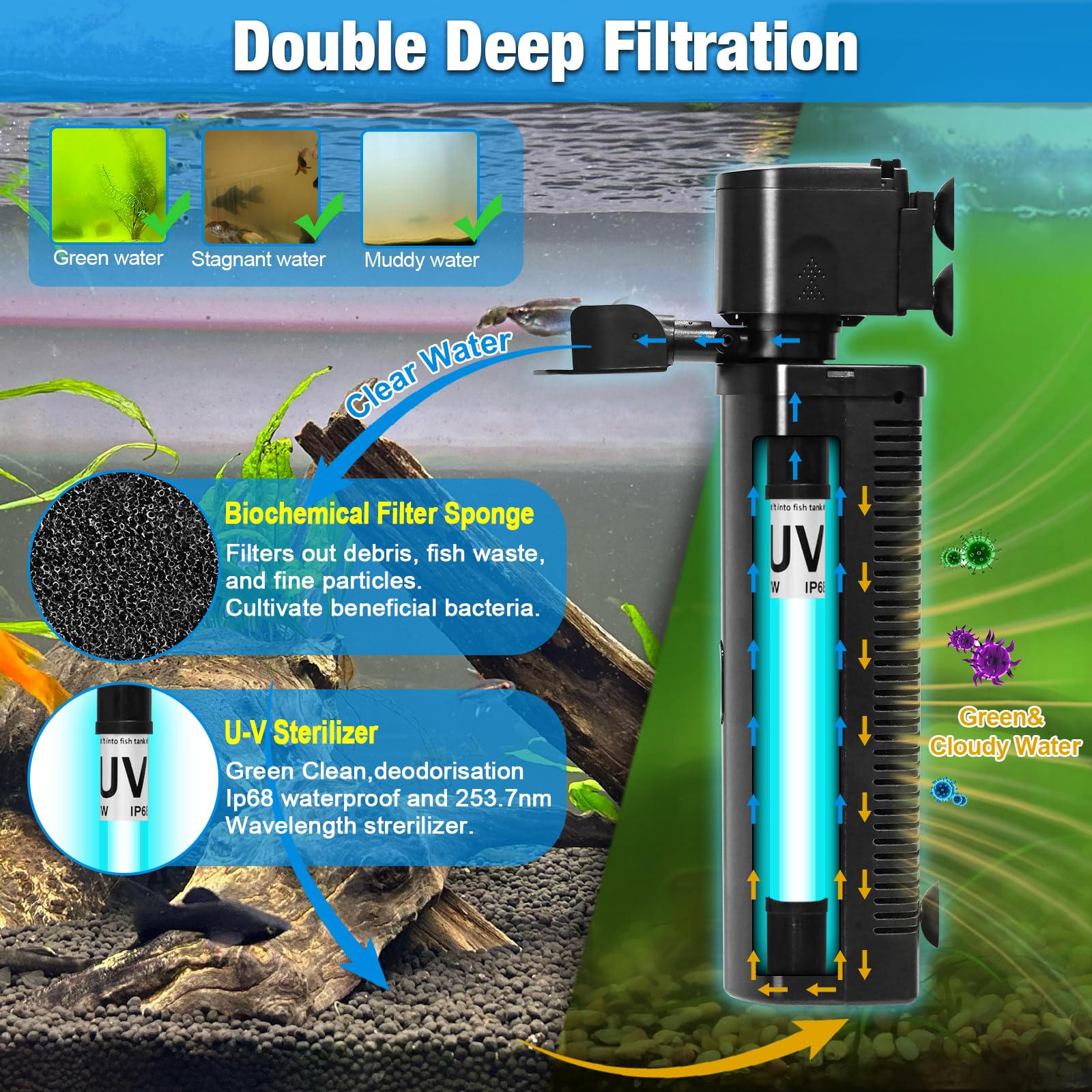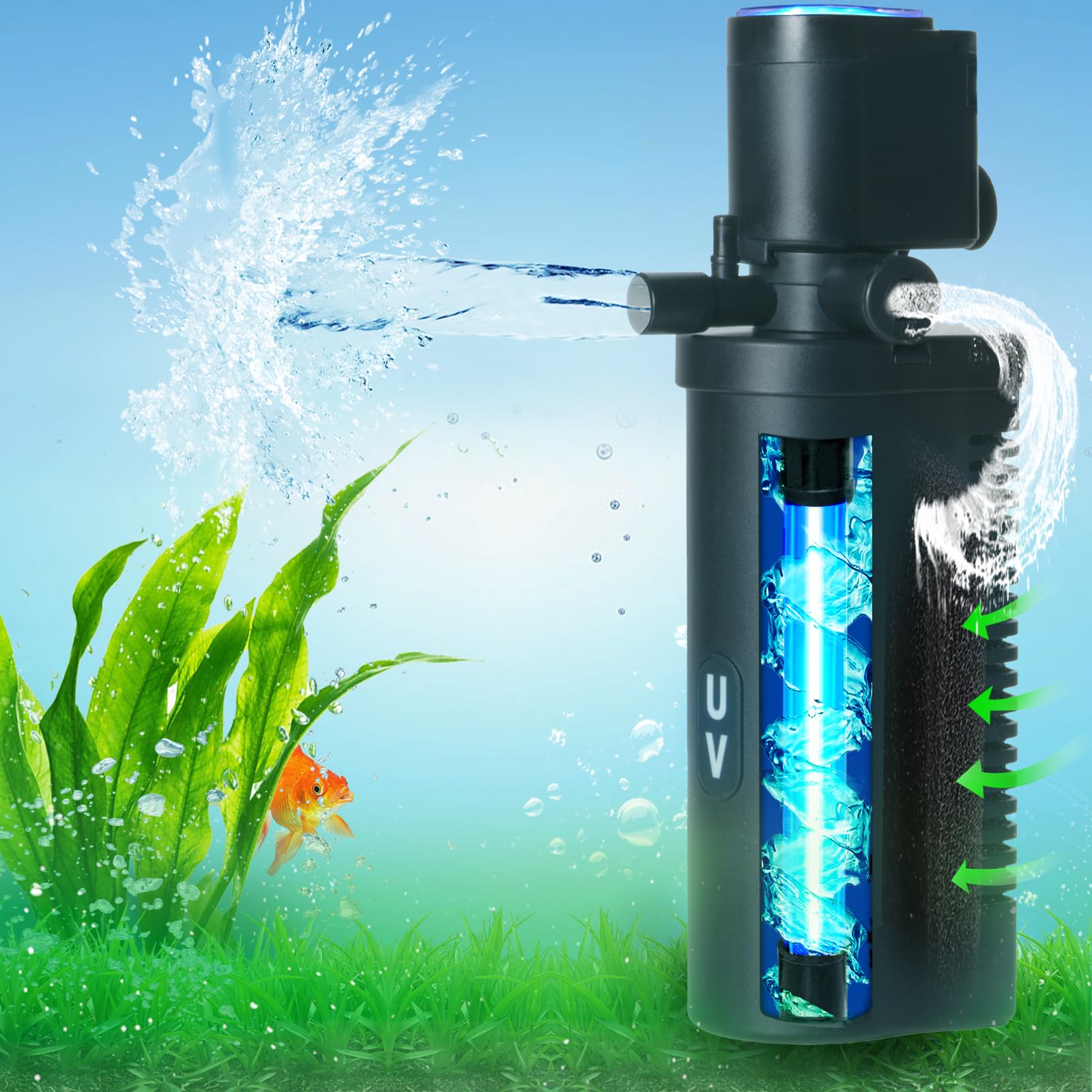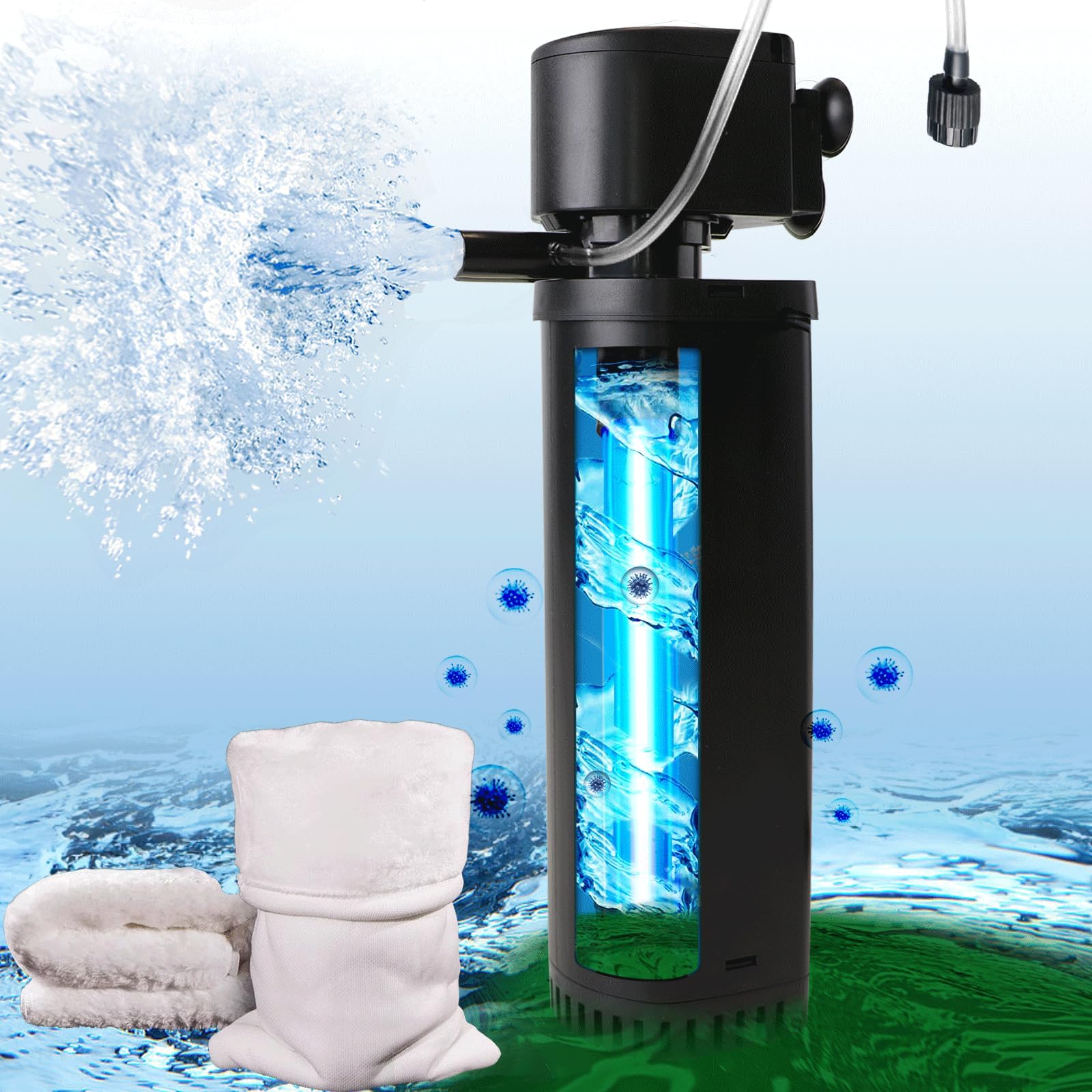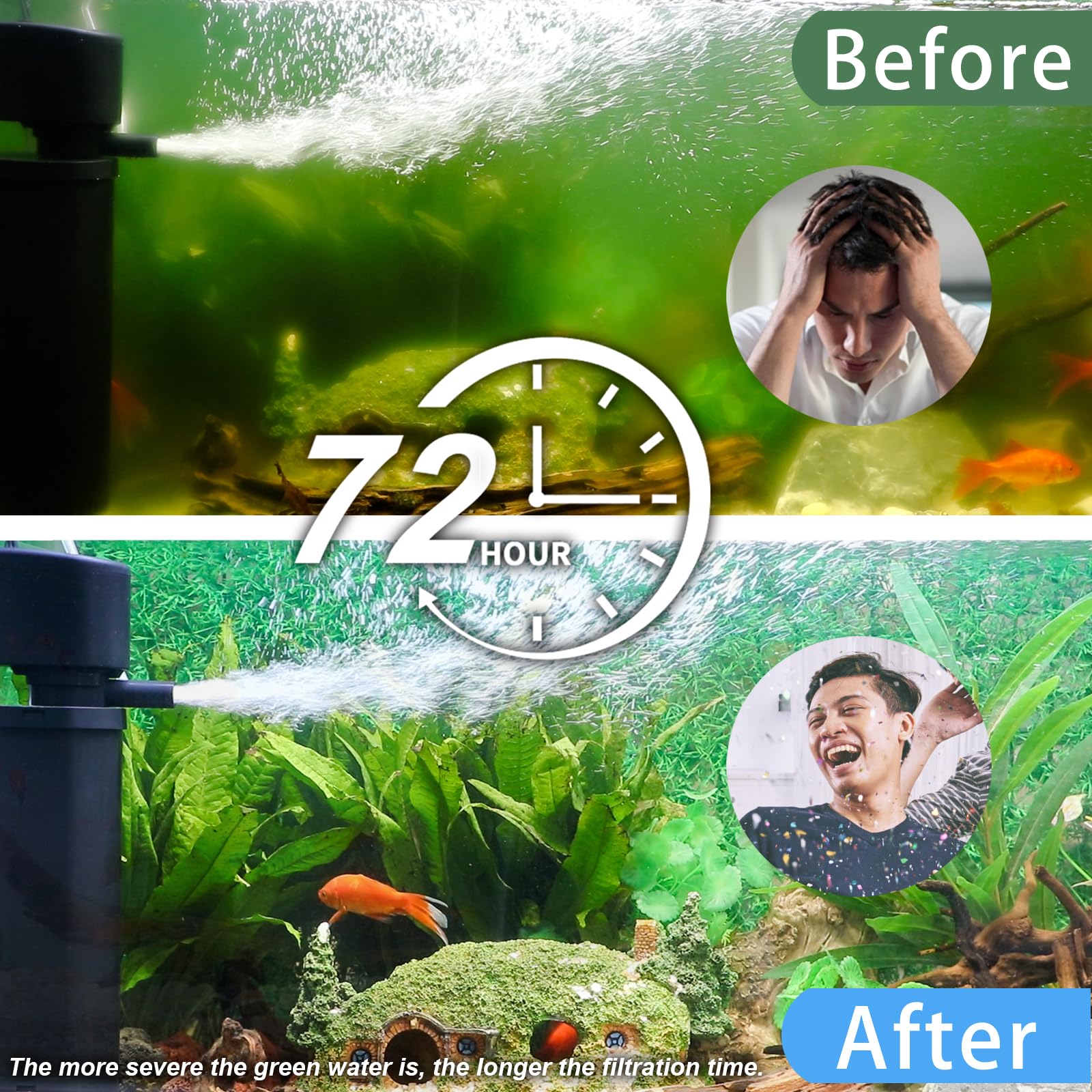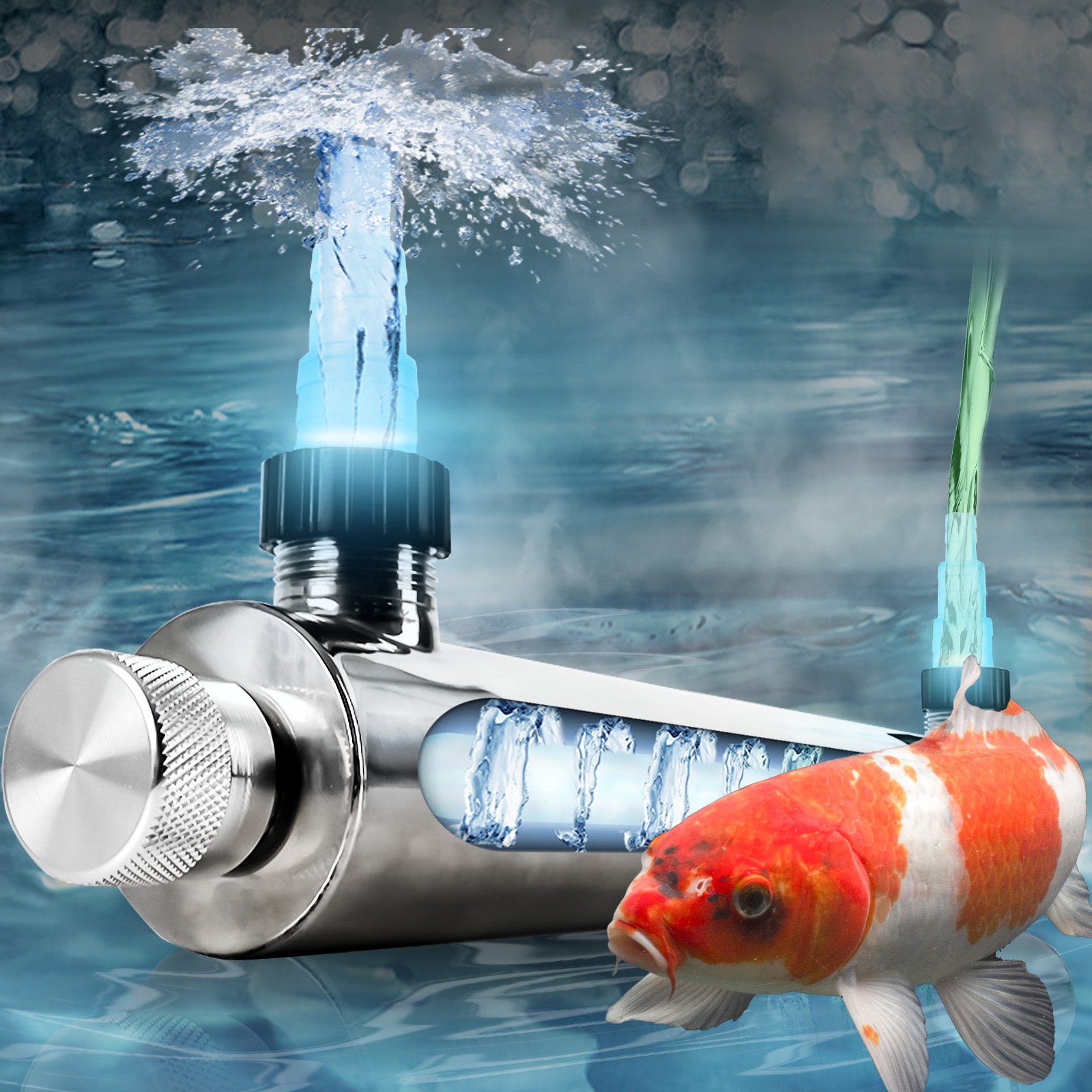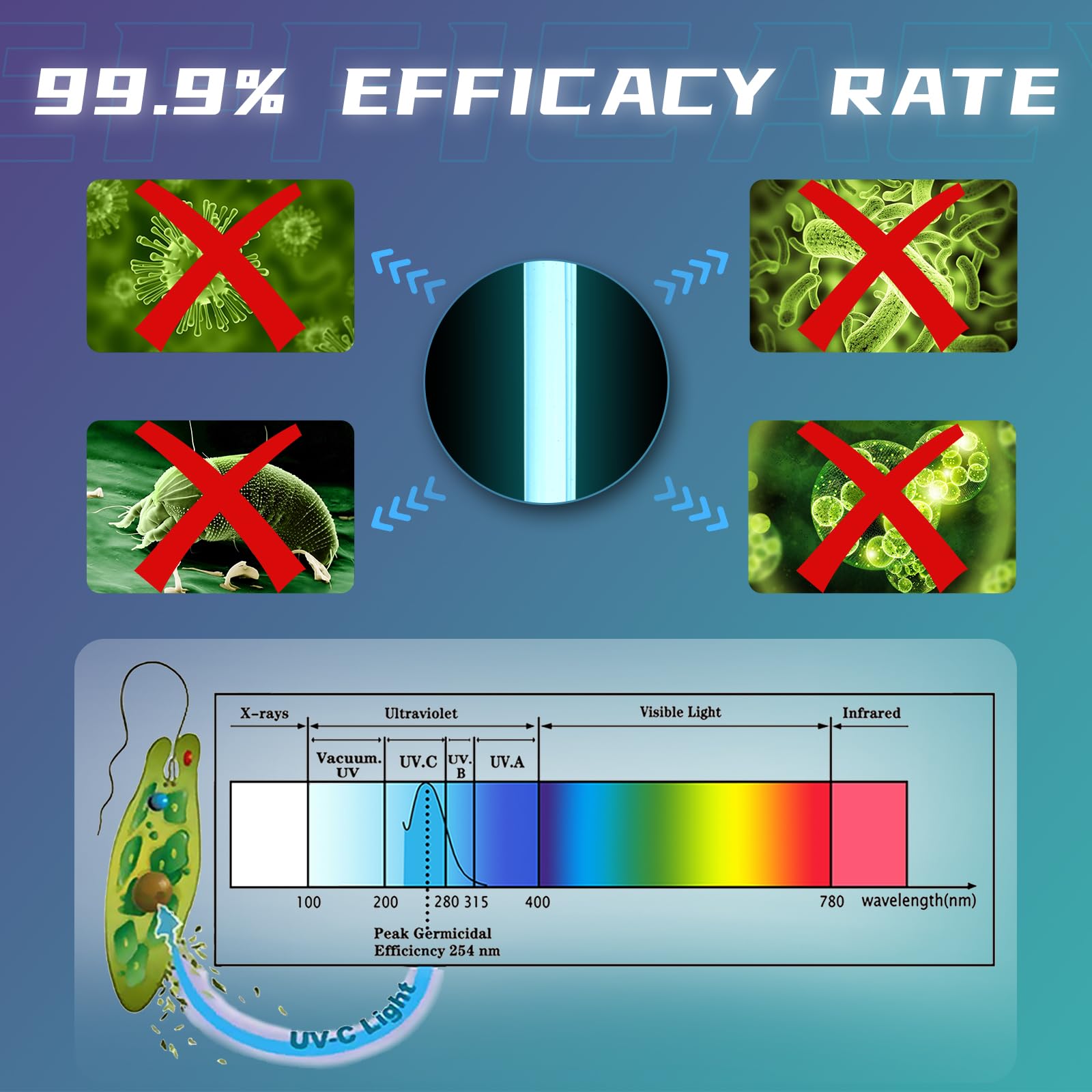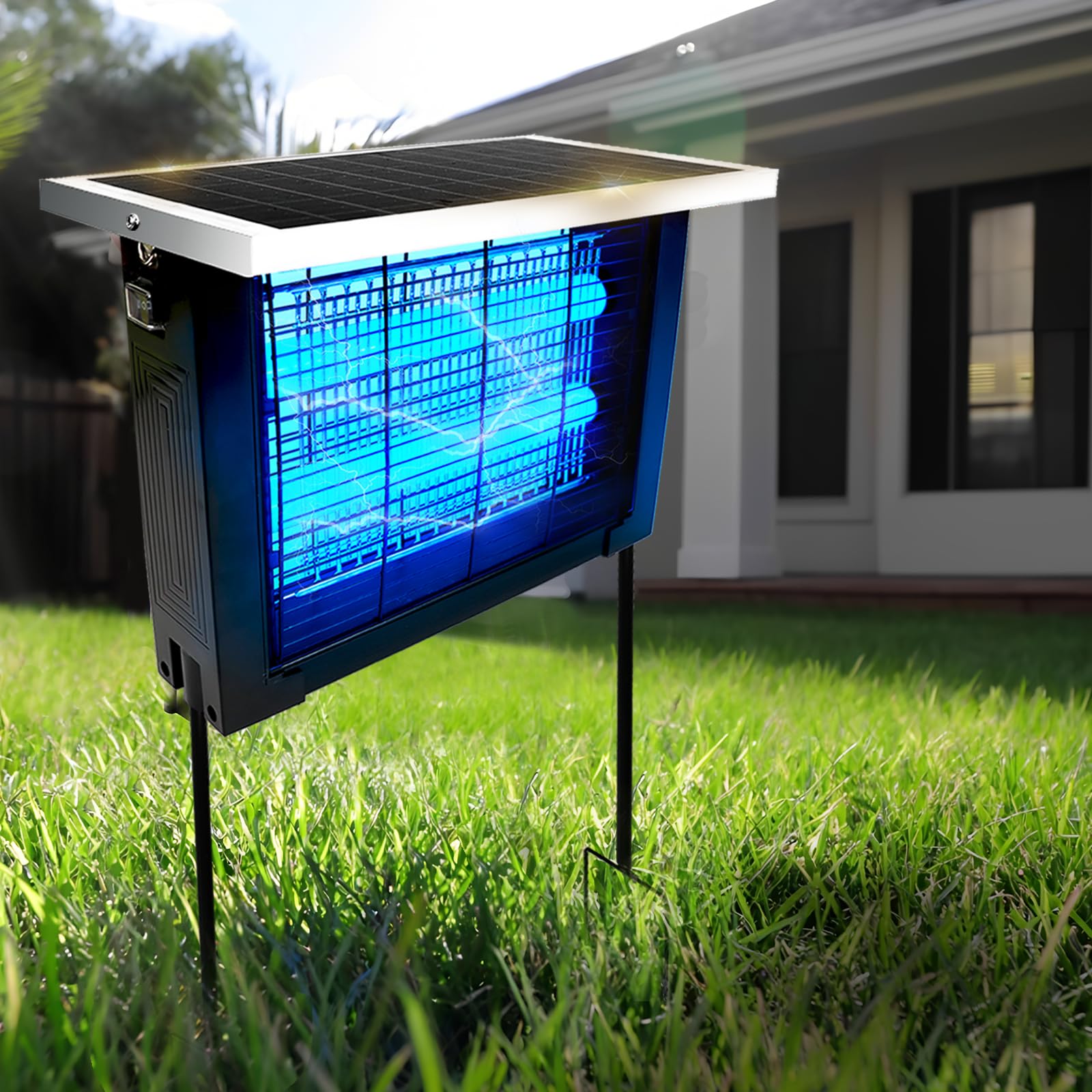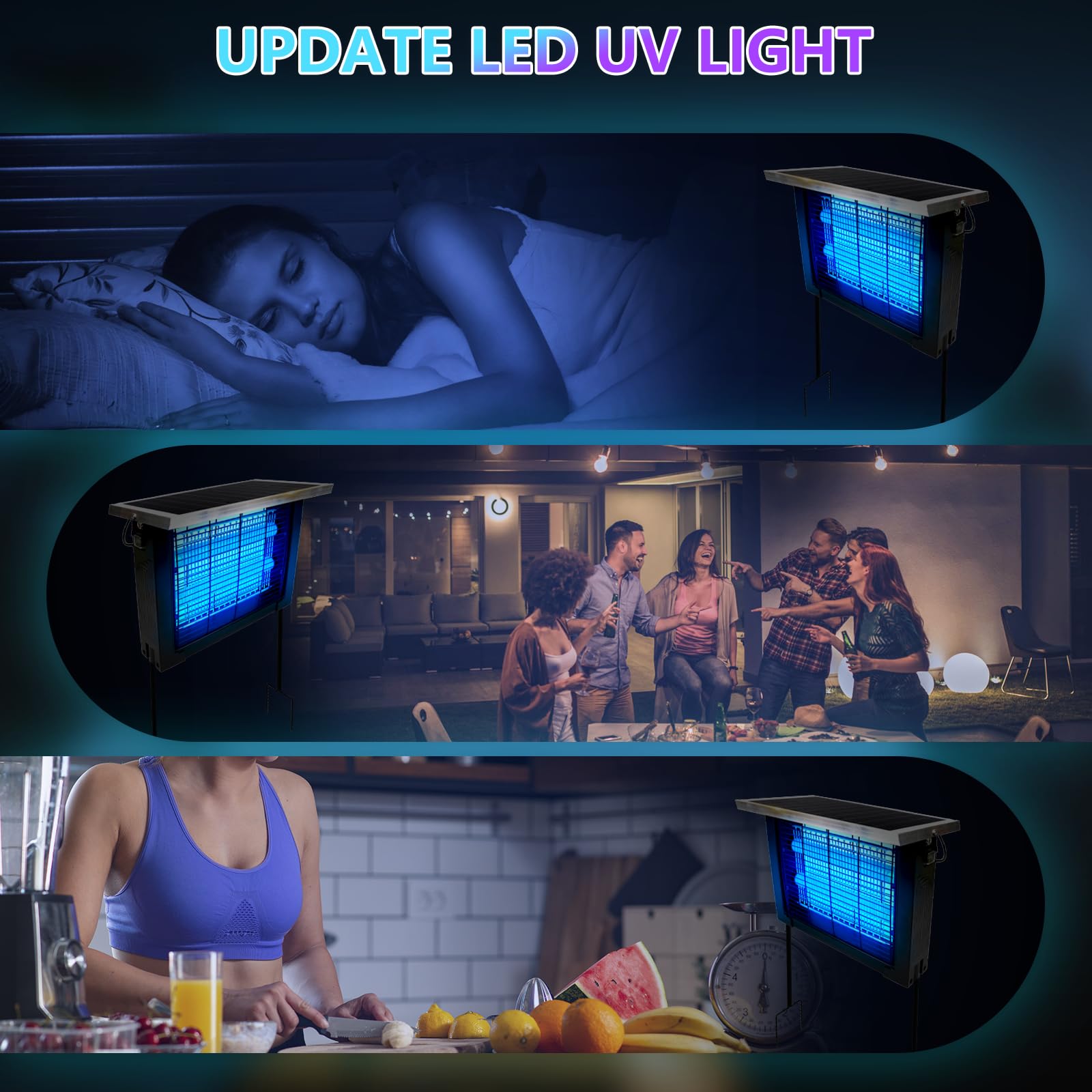Underwater photography is a captivating art form that allows us to peer into the mysterious depths of the ocean, revealing a world teeming with life and color. Among the most mesmerizing subjects are coral reefs, vibrant ecosystems that serve as the rainforests of the sea. However, capturing the true essence of these underwater wonders presents unique challenges, particularly when it comes to lighting. The ocean’s depths absorb and scatter light in ways that strip away the vivid hues we associate with coral reefs, leaving photographers with muted, monochromatic images unless equipped with the right tools. Enter the 200-meter depth pressure-resistant ocean spectrum lamp—a revolutionary piece of technology designed to enhance color rendering and illuminate coral reefs with stunning accuracy. This blog post delves into the science behind this innovation, its impact on underwater photography, and its broader implications for marine conservation.The Challenge of Lighting in Underwater PhotographyTo understand the significance of a 200-meter depth pressure-resistant ocean spectrum lamp, we must first explore the inherent difficulties of photographing underwater. Light behaves differently in water than it does in air due to the medium’s physical properties. Water is approximately 800 times denser than air, which leads to rapid light absorption and scattering. As a photographer descends, the available natural light diminishes, and the spectrum of visible light narrows. Red wavelengths, for instance, are absorbed within the first 10-15 feet, followed by orange and yellow, leaving blue and green as the dominant hues at greater depths. This phenomenon, known as selective absorption, results in images that lack the full range of colors present in the coral reef environment.Moreover, water’s particulate content—such as plankton, sediment, and organic matter—causes light to scatter, reducing contrast and sharpness. This scattering effect intensifies with distance, making it critical for photographers to get as close as possible to their subjects. However, even proximity cannot fully compensate for the loss of color and detail without artificial lighting. Traditional flash units and strobes have been used to address these issues, but they often produce harsh, uneven illumination that fails to replicate the natural spectrum of sunlight. This is where advanced lighting solutions, such as the ocean spectrum lamp, come into play, offering a tailored approach to color rendering that preserves the true beauty of coral reefs.The Role of Coral Reefs in Underwater PhotographyCoral reefs are among the most biodiverse ecosystems on the planet, hosting an estimated 25% of all marine species despite occupying less than 0.1% of the ocean floor. These underwater structures, built by calcium carbonate-secreting coral polyps, create habitats for fish, invertebrates, and microorganisms, forming a complex web of life. For underwater photographers, coral reefs represent a treasure trove of subjects, from the intricate patterns of branching corals to the iridescent colors of reef fish. However, the health and vibrancy of these reefs are under threat from climate change, ocean acidification, and human activities, making accurate documentation more important than ever.The symbiotic relationship between corals and zooxanthellae—microscopic algae living within coral tissues—plays a critical role in their coloration. These algae perform photosynthesis, providing corals with energy in exchange for shelter, and their pigments lend reefs their characteristic reds, greens, and yellows. When stressed by rising water temperatures, corals expel zooxanthellae, leading to bleaching—a process that turns reefs white and signals potential death. Photographers rely on lighting to reveal these colors and document the health of reefs, making the development of technology like the 200-meter depth pressure-resistant ocean spectrum lamp a significant advancement in the field.The Science Behind the 200-Meter Depth Pressure-Resistant Ocean Spectrum LampThe 200-meter depth pressure-resistant ocean spectrum lamp is a specialized piece of equipment designed to overcome the limitations of natural and traditional artificial lighting underwater. Its key feature is its ability to withstand pressures equivalent to 200 meters of seawater depth, which translates to approximately 20 atmospheres (or 294 psi) above surface pressure. This pressure resistance is achieved through a robust housing, typically made from materials such as anodized aluminum or titanium, which can endure the compressive forces of the deep ocean without compromising the lamp’s functionality.The lamp’s core innovation lies in its spectrum technology, which mimics the full range of visible light found in sunlight. Unlike standard underwater strobes that emit a broad, white light, the ocean spectrum lamp incorporates multiple LED arrays tuned to specific wavelengths. These arrays cover the red, orange, yellow, green, and blue portions of the spectrum, ensuring that colors lost to absorption are reintroduced. The lamp’s color rendering index (CRI), a measure of how accurately a light source renders colors compared to a natural light source, is optimized to exceed 90, approaching the ideal score of 100. This high CRI allows photographers to capture the subtle hues of coral polyps, the metallic sheen of fish scales, and the delicate gradients of reef structures.Additionally, the lamp features adjustable intensity and beam angle settings, enabling photographers to adapt to varying conditions. A wide beam angle is ideal for illuminating large reef expanses, while a narrow beam can highlight specific subjects, such as a single coral colony or a schooling fish. The lamp’s design also includes thermal management systems to prevent overheating during extended use, a critical consideration given the heat generated by high-output LEDs. Waterproof seals and pressure-compensated components further ensure reliability at depth, making this tool a game-changer for professional underwater photographers.Engineering the Lamp for Deep-Sea ConditionsDesigning a lighting system capable of operating at 200 meters requires overcoming significant engineering challenges. The ocean’s pressure increases by approximately one atmosphere for every 10 meters of depth, meaning a lamp at 200 meters must withstand 20 times the pressure experienced at the surface. This necessitates a housing that is both lightweight for portability and exceptionally strong to prevent collapse. Manufacturers often use corrosion-resistant alloys and apply advanced coatings to protect against saltwater degradation, ensuring the lamp’s longevity in harsh marine environments.The lamp’s internal electronics are equally critical. Pressure-compensated enclosures filled with a non-conductive fluid, such as silicone oil, equalize internal and external pressures, preventing damage to delicate components. LED drivers and power regulation systems are engineered to operate efficiently under these conditions, drawing power from rechargeable batteries designed for high discharge rates. Some models incorporate smart technology, allowing remote control of settings via underwater housings or dive computers, enhancing the photographer’s ability to adjust lighting in real time.Another key consideration is beam penetration. At 200 meters, natural light is virtually absent, and even artificial light must contend with scattering and absorption. The ocean spectrum lamp addresses this with high-lumen output—often exceeding 5,000 lumens—combined with optical lenses that focus light into a coherent beam. This ensures that illumination reaches subjects at a distance, preserving color fidelity and contrast. The lamp’s design also accounts for the needs of night dives, where bioluminescence and minimal ambient light require a light source that can stand alone without overwhelming delicate marine life.Applications in Coral Reef PhotographyThe 200-meter depth pressure-resistant ocean spectrum lamp has transformed coral reef photography by enabling photographers to capture images that reflect the true diversity of these ecosystems. At shallow depths, where some natural light persists, the lamp serves as a supplementary light source, enhancing colors and filling shadows. At greater depths, where sunlight is absent, it becomes the primary illumination, revealing details that would otherwise remain hidden. This versatility allows photographers to document reefs across a range of habitats, from the sunlit shallows to the dimly lit mesophotic zones.One of the lamp’s standout features is its ability to highlight the fluorescence of corals. Many coral species exhibit biofluorescence, emitting bright green, red, or orange light when exposed to specific wavelengths, particularly blue or ultraviolet. The ocean spectrum lamp includes adjustable filters that can emphasize these wavelengths, creating ethereal images that showcase the reef’s natural glow. This capability is particularly valuable for scientific photography, where fluorescence patterns can indicate coral health and stress levels.Professional photographers have embraced the lamp for its consistency and reliability. During long dives, the adjustable intensity settings allow for energy conservation, extending battery life without sacrificing image quality. The lamp’s portability—often weighing less than 2 pounds in air—makes it an ideal companion for divers exploring remote reef systems. Case studies from expeditions in the Great Barrier Reef and the Coral Triangle demonstrate that images taken with this technology exhibit superior color accuracy and detail compared to those captured with traditional strobes, underscoring its impact on the field.Enhancing Conservation Through Visual DocumentationBeyond its artistic applications, the 200-meter depth pressure-resistant ocean spectrum lamp plays a vital role in marine conservation. Coral reefs are declining at an alarming rate, with estimates suggesting that 50% of the world’s reefs have been lost since the 1950s. Climate change, overfishing, and pollution are primary drivers, and accurate documentation is essential for raising awareness and informing policy. Photographs taken with advanced lighting technology provide a visual record of reef health, capturing changes over time and highlighting areas in need of protection.Scientists use these images to monitor bleaching events, track coral growth, and assess the effectiveness of restoration efforts. The lamp’s high CRI ensures that color shifts—such as the whitening associated with bleaching—are accurately represented, offering a reliable metric for analysis. Conservation organizations also leverage these images in educational campaigns, bringing the underwater world to the public through vibrant, true-to-life visuals. By supporting research and advocacy, the ocean spectrum lamp bridges the gap between art and science, contributing to the preservation of coral ecosystems.Comparing the Ocean Spectrum Lamp to Traditional LightingTo appreciate the advancements of the 200-meter depth pressure-resistant ocean spectrum lamp, it is useful to compare it to traditional underwater lighting options. Conventional strobes, which emit a brief, intense burst of light, have long been the standard for underwater photography. While effective at freezing motion and illuminating subjects, strobes often produce a harsh, unidirectional light that can create hotspots and underexposed areas. Their color temperature, typically around 5,500K, may not fully compensate for the loss of red wavelengths, requiring post-processing to restore natural hues.Continuous lighting, such as video lights, offers an alternative but has its own limitations. Early models lacked the power and spectrum range needed for high-quality still photography, and their heat output posed risks during prolonged use. The ocean spectrum lamp addresses these shortcomings by combining the benefits of both approaches. Its continuous output allows for real-time adjustments, while its tailored spectrum and high lumen capacity rival the brightness of strobes. Furthermore, its pressure resistance and durability surpass many traditional lights, which are often limited to shallower depths.Battery life is another area of improvement. Traditional strobes rely on frequent recharges or disposable batteries, while the ocean spectrum lamp incorporates energy-efficient LEDs and advanced power management, supporting dives of several hours. This efficiency is critical for deep-sea expeditions, where access to charging stations is limited. The lamp’s design also reduces the need for extensive post-production, saving photographers time and ensuring that the captured image closely mirrors the underwater scene.Practical Tips for Using the Ocean Spectrum LampMastering the 200-meter depth pressure-resistant ocean spectrum lamp requires skill and preparation. Photographers should begin by familiar
The Magic of Underwater Photography Lighting: Coral Reef Color Rendering Technology with a 200-Meter Depth Pressure-Resistant Ocean Spectrum Lamp
